Photos by Jamie Mohr
For the 22nd time, downtown Rochester was transformed into Jazz City USA, New Orleans North, New York City’s little sister, and the Roaring Twenties’ Paris reborn. The Rochester International Jazz Festival, held from June 20-28, drew hundreds of thousands fans from across the country and beyond, with the promise of nine more nights of more eclectic music emerging from every street corner across a few city blocks.
Four outdoor stages provided ample free music nightly, drawing big dance-ready crowds. Additionally, people with club passes dangling around their necks scurried about, piecing together their own personalized schedule from a matrix of ten different venues with early and late sets at each. At the center of it all stood the majestic Kodak Hall at Eastman Theater which showcased five different separately ticketed headliner shows, from the likes of Wynton Marsalis, Thundercat and The Wood Brothers.
There’s no wrong way to enjoy the Rochester International Jazz Festival, but it is tough to beat the 10 artists and potential for 5+ hours of continuous live music nightly that the Club Pass affords. The variety, the adventure, the discovery, it’s what makes the festival the unique thrilling joyride it has been since 2002. How the pieces fit together varies for each individual attendee, and everyone will have their own story to tell.
The story of the Rochester International Jazz Festival was exactly what it says in the title. Let’s break it down.
ROCHESTER
The past, present and future of Rochester’s jazz scene was on full display throughout the festival, maybe more so than in any of its previous 21 years. Each night got started with multiple high school jazz ensembles on the Jazz Street stage. School was out for summer, but these kids still came out to strut their stuff.
Local musicians, always a mainstay of the festival, played an outsized role in the festival this year. Each night it seemed you could concoct a schedule composed completely of Rochester artists. It was impossible to make time for it all, and what was featured was just scratching the surface of the immense talent calling Rochester home currently.
Herb Smith Freedom Trio showcased their unique approach to jazz in their set at the Montage Music Hall. On songs like “Calmness Within’” and “Nanny Babysitter,” Jeff Parker’s drums hold together Peter Chwazik’s massive nine-string bass and Smith’s electrified trumpet sounds as they expanded the boundaries of jazz.
The longest running baseball stadium organist in the country, Fred Costello, has held his day job with the Rochester Red Wings for 49 years. But on a night off, the octogenarian fit in a set on the Jazz Street stage, showcasing his B3 chops with his band on some blues and organ tunes. He couldn’t help himself though in throwing in a “Take Me Out to the Ballgame” performance for good measure, complete with crowd sing-along of course.
Flower City Trio, representing the host city right in their namesake, had their own organ-style trio format. Amongst grooving originals, Mike Van Allen on keys, Paul McArdle on guitar, and Chris Murtha on drums served up a unique and interesting rendition of Nirvana’s “Smells Like Teen Spirit,” which at this point is a song approaching jazz standard status.

Helium Bubble, in their opening set for Trombone Shorty, prided themselves in every member being a Rochester resident. At twelve strong, they were as representative of the city as any single band, while they amply heated up the Parcel 5 stage for the close out party to come with a late-afternoon party of their own. Two keyboardists, two guitarists, a horn section, a trio of vocalists and a selection of danceable originals, many from their album released that very day. There was a lot to love.
There were also Rochesterians making a homecoming at the festival. Joe Locke, not just returning to his hometown, but returning to the festival for a record-tying tenth time, commanded his band, the stage and the audience behind masterful vibraphone playing at the warm and intimate Kilbourn Hall. His set-closing performance of Sesame Street’s “Sing” was stirring and poignant. He talked about how its meaning, like worldly viewpoints, had changed and enhanced for him with the perspective of time and a life lived.
The night before Locke played, Sasha Berliner, a stellar young vibraphonist, took the stage with her own quartet, upstairs at the Inn at Broadway. Her band featured another native, Ben Tiberio on bass, son of Bill Tiberio who also made an appearance with his own band at the festival. Rochester’s fingerprints were everywhere! Berliner’s band highlighted some beautiful piano and vibes interplay on originals like “The Worst Person in the World,” and others off her new Fantome album.
The Eastman graduates making up Kneebody reminisced about their time at their alma mater right across the street from where they held court at the Big Tent venue on the final night. They also let the audience in on their “nerdy” secret language, musical cues the band used to talk to each other while in the thick of a jam. Even with the explanation, it was indiscernible within their electric-forward and heady brand of jazz. Selections like “Top Hat” and “Repeat After Me” frequently carried the quartet into groupthink multi-layered madness. Nate Wood commanded the rhythm section singlehandedly, inhumanly playing bass and drums simultaneously. Eastman taught them well.
Even those not from Rochester had a Rochester connection. Salin’s sister was a University of Rochester medical school graduate. Ehud Asherie attended the Eastman summer camp as a teenager which inspired his pursuit of becoming a professional musician. Rochester was also the source of Hans Bilger’s desire to become a musician, from when he used to attend this very festival on trips from New York City as a teenager. Bruce Katz and his band reminisced on their trips to Rocehster to see the Grateful Dead back in the ’80s. George Colligan’s late father’s third wife was a Rochester resident until she too passed away just last year. There’s always a Rochester connection.

INTERNATIONAL
One of the hallmarks of The Rochester International Jazz Festival over 22 years has been its ability to bring incredible music from overseas. Artists that may have never come to the US at all were arriving for the first time in little old Rochester, New York. It was one of the things that elevated the festival to elite status, providing something rarely achieved elsewhere. After the two-year pause due to the global pandemic, amongst other visa-related issues and the lapse of its reliable British and Nordic series, the international portion of the Rochester International Jazz Festival has dwindled. In 2025 it all but vanished. Most of the international acts this year hailed from Canada, even those with birthrights in more far-flung locales were technically from our neighbors to the north. Now good music is good music regardless of origin, still, it was a glaring disappointment at this year’s festival. “International” carried about as much weight as it does in the name Rochester International Airport.
That isn’t to say there weren’t any worthwhile international offerings. Puerto Rican Fabiola Mendez was mesmerizing leading her quartet with her cuatro through some traditional music from her homeland. With her rich voice and stunning playing her songs dove headfirst into both the country’s history and strove ahead with messages of hope for those seeking a better life for themselves.
Canadian saxophonist Allison Au similarly explored themes of finding an improved home life highlighting music from her Migrations album with her quartet, which honored her parents’ collective journeys from Southeast Asia and Eastern Europe.
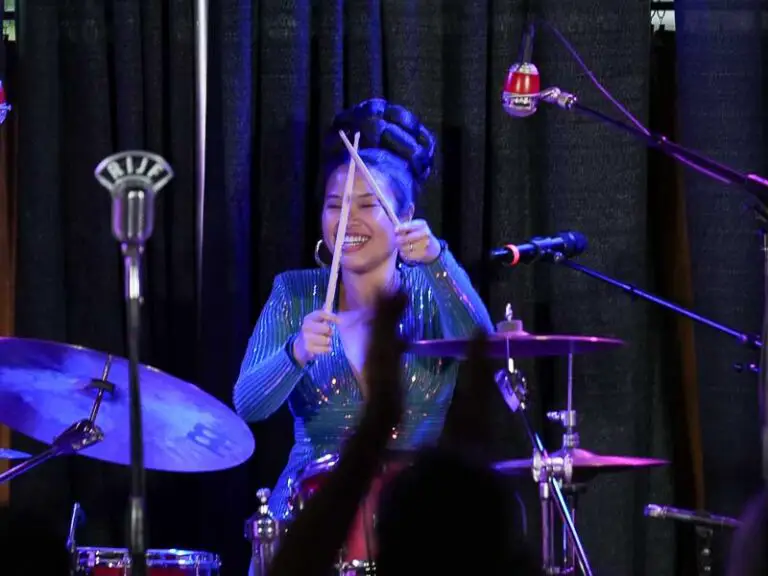
Canadian drummer Salin played a set of deep in the pocket funk inspired by her trip to her native Thailand. Unflashy drumming and slinky bass existed purely to serve up delectable grooves for the rest of the band to fall into.
Scottish-born fiddler Louise Bichan and American mandolinist Ethan Setiawan bridged the ocean-wide gap between traditional Scottish music and Appalachia. A wide physical gap maybe, but musically it was like reuniting long lost cousins, and the aural results were a real treat.
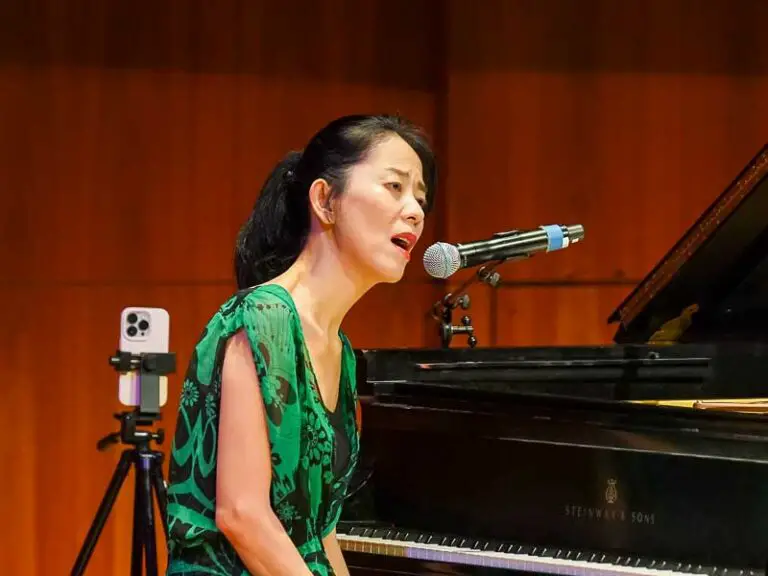
Japanese-born Eri Yamamoto teamed with Bruce Barth for a set of piano duets at the gorgeous and acoustically pristine Hatch Recital Hall. Yamamoto’s music was thematically joyful and freeing, and musically gorgeous and exhilarating. The set ended with both players on one piano, before one moved to the second piano, then the other followed, and by the end they were both playing together on the other piano.
Nigerian Timothy Ogunbiyi, also a the Hatch Recital Hall, played a solo set expanding on the traditional African pianism, which is centered around classical forms of piano. Ogunbiyi is the first artist to bring improvisation into the mix. He maintains the melodies, which could at time reach an almost trance-like repetition, and adds in sections that free him up for some explorations.
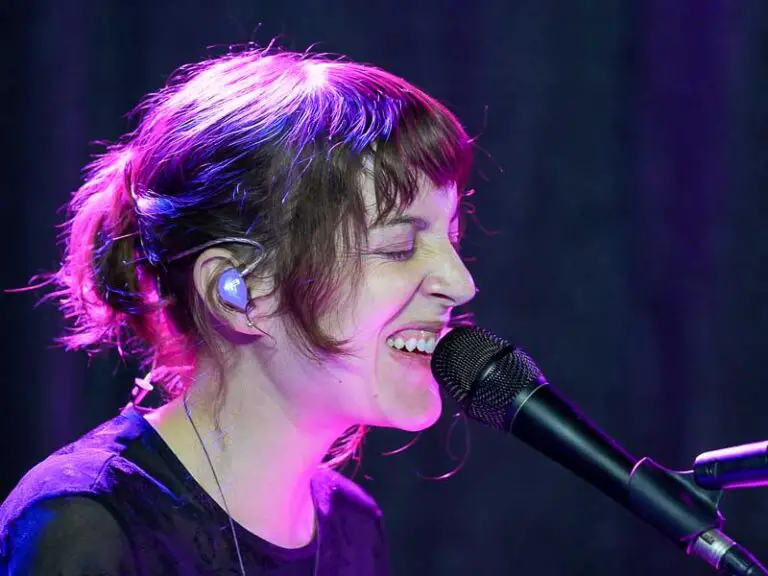
But perhaps the best foreign music was not of this world at all. Salami Rose Joe Louis may technically be from California, but her music is decidedly alien. Her band, Lou Titus on drums, Simon Martinez on guitar and electronics, and Louis on synthesizers, travelled the spaceways between EDM, ambient and indie-rock. Her ethereal and resonant vocals navigated the journey on what was a unique and dizzying thrillride.
JAZZ
Big bands, Quintets, Quartets, Trios, Duos and plenty of solo piano. Hard bop, swing, fusion, avant-garde, free. There was a ton of jazz of all sizes and flavors at this… jazz festival, go figure.
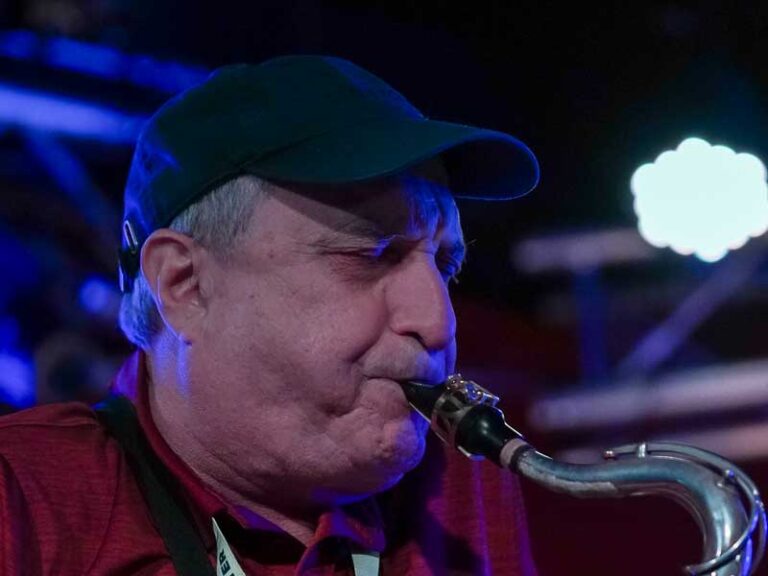
George Garzone’s The Fringe, a trio that has been playing together weekly in Cambridge for 50 years, showcased their improvisational chops at their set on the Montage Music Hall stage. Garzone on sax, Francisco Mela on drums and John Lockwood on bass, locked in with tightly woven improvisations that effortlessly drifted from theme to theme.
Vocalist Ekep Nkwelle was also more than comfortable leading her band, some of whom she had been playing with since college. With a fun and unpretentious style, her beautiful and warm vocals became another instrument as she worked them in tightly with punctuation marks from the bass and drums while the piano nimbly fluttered through it all. Arrangements of Betty Carter’s “Amazon Farewell,” Pharoah Sanders’ “Creator Has a Master Plan,” and Gerry Allen’s “Timeless Portraits and Dreams,” built a set that put itself among some of the best ever heard at the festival.
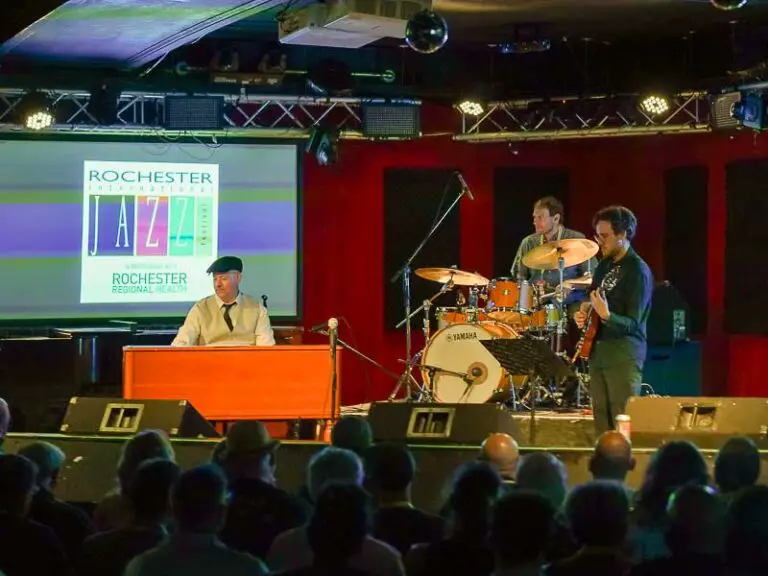
Brian Charrette took the traditional B3 organ trio format into hyperdrive with Gilad Hekselman on guitar and Ari Hoenig on drums. Charrette recounted how he used to play on Cole Porter’s old piano as the entertainment at the Waldorf Astoria bar before taking Porter’s “So In Love” for a ride. They again locked into a three-man tight groove on original composition “Detour.”
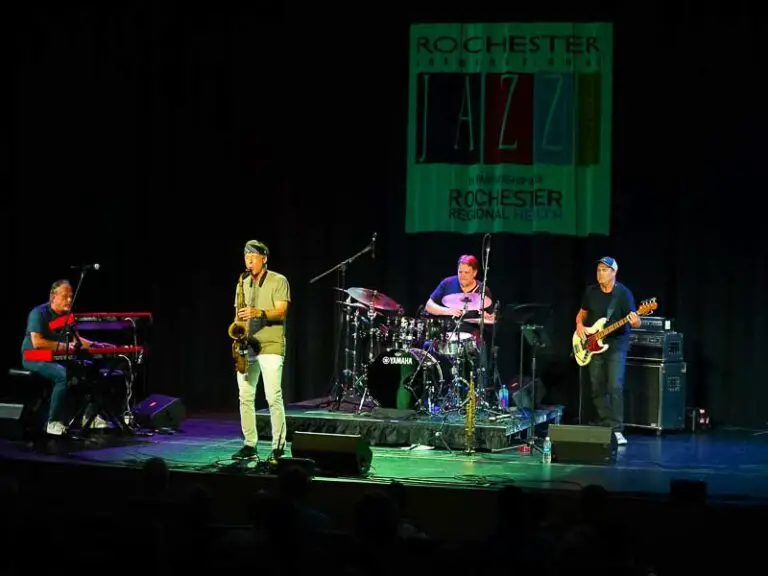
On consecutive nights at the Theater and Innovation Square, Bill Evans and Mike Stern injected the festival with a heavy dose of fusion. Both bands were anchored by monster drummers, Evans with Keith Carlock and Stern, Dennis Chambers. Evans lead his band with soaring sax playing while Stern shredded guitar to command his mates through some lengthy jammers.
Drummer Matt Wilson returned to the festival with his new Good Trouble ensemble. The centerpiece of the set was the Good Trouble Suite, inspired by late-Representative and civil rights activist John Lewis with a third movement dedicated to Ruth Bader Ginsburg. Heavy themes backed by uplifting, joyful and inspiring music. Wilson finished the set with a sing-along of a Rumi poem, “Love is the whole thing, we are only pieces.” An endlessly fun set.
Though perhaps no band was having as much fun on stage as the Sean Mason Quartet. The playing was loose and the atmosphere even looser, the band continually cracking each other up throughout the set. They were crafters of sound, the drummer used brushes, sticks, mallets and bare hands in just the first ten minutes alone. The odd song structures and lack of solo breaks served as a sharp contrast to much of the more traditional jazz seen elsewhere.
FESTIVAL
What’s a festival without a little partying in the streets? And as always, the Rochester International Jazz Festival had it in spades. Enough so that it bled into the club pass venues, there was plenty of dance to go around.
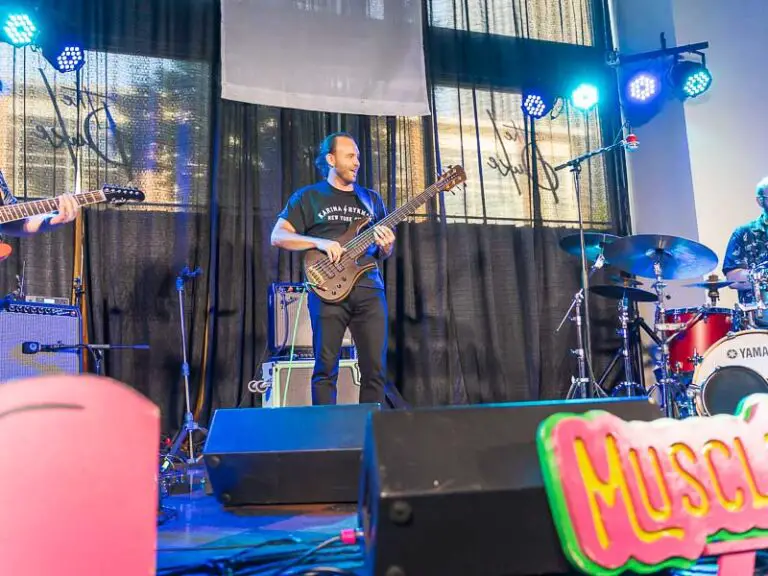
Muscle Tough is more of a jam band than a jazz band, but “there is a jazz molecule” in what they do, and actually early in their history they cut their teeth playing regular gigs at a jazz club in Philadelphia. Guitarist Ross Bellenoit and bassist Jonathan Colman, both playing six strings, would frequently and seamlessly pass the baton of who was playing bass parts and who was playing guitar parts back and forth during long funky and psychedelic journeys. They played mostly originals off their just released Too Busy 4 Jail, but also turned Madonna’s “Hung Up” inside out to close out their set.
The Rumble brough New Orleans flavored funk and an on stage party to the Big Tent stage, led by Chief Joseph Boudreaux Jr. An infusion of hip hop, some traditional second line, and a constant flurry of activity on the stage kept the good times rolling throughout the set.
La Excelensia provided relentless salsa grooves at the Theater at Innovation Square. The 12-piece band from New York City, brought the street party into the theater setting, inspiring many to fill the aisles to dance along.
Outside Bruce Katz Band got down with some boogie woogie and upbeat organ blues and rock on Jazz Street while Lettuce commanded throngs of funk and jam fans out at Parcel 5. As has happened countless years previous, the party came to an ultimate head with Trombone Shorty and Orleans Avenue drawing huge crowds to close out the nine night festival with a bang. Now that’s how you start a summer, bravo Rochester!
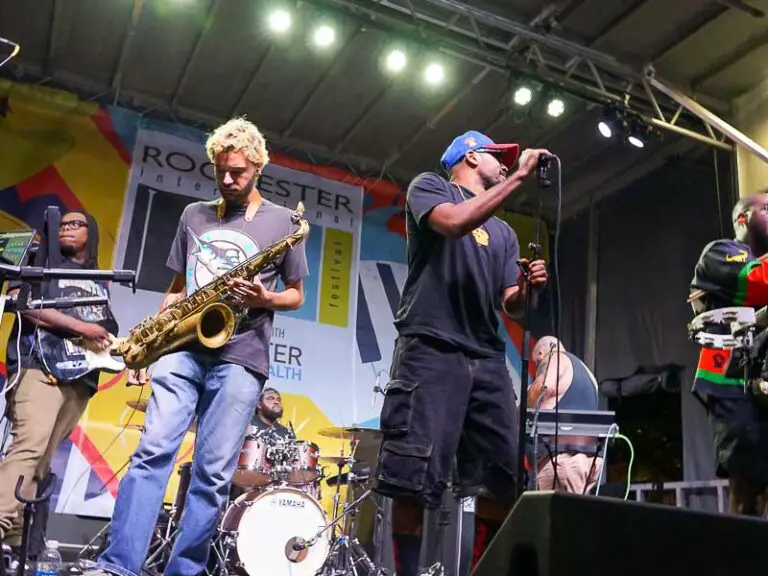
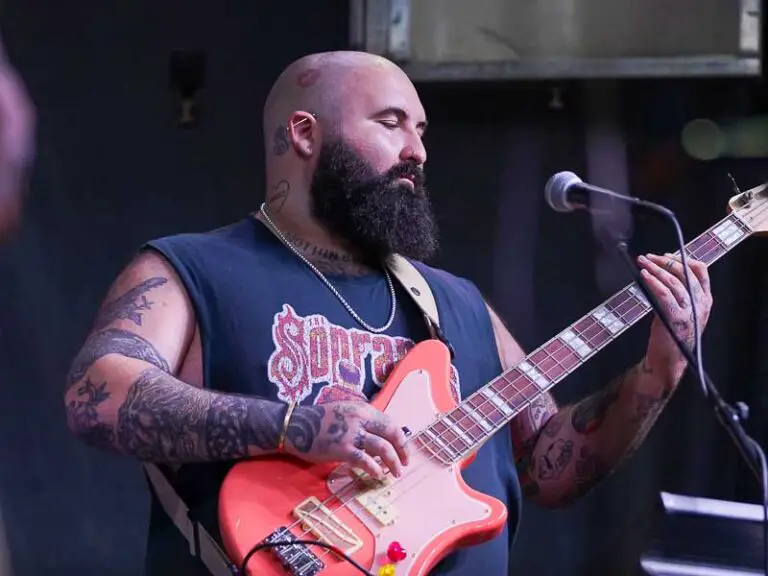
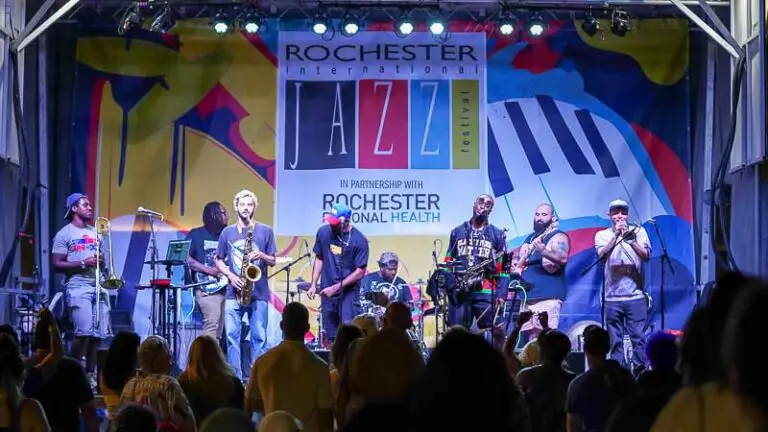
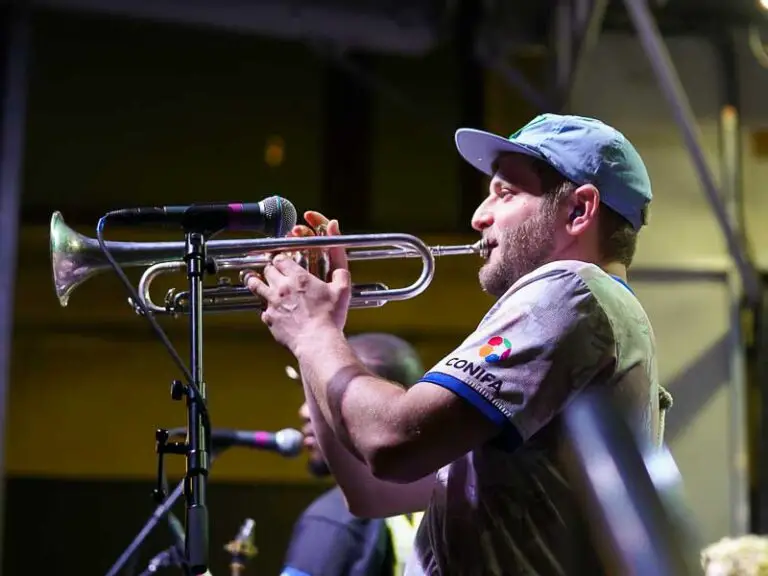
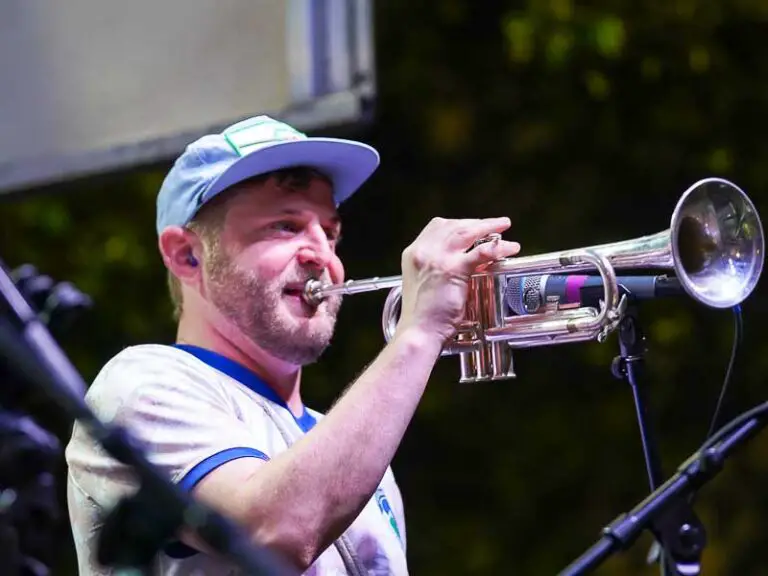
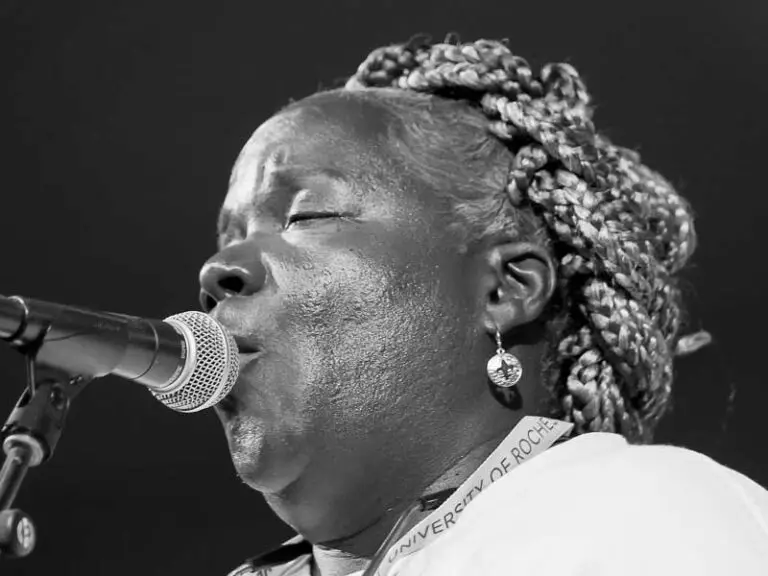
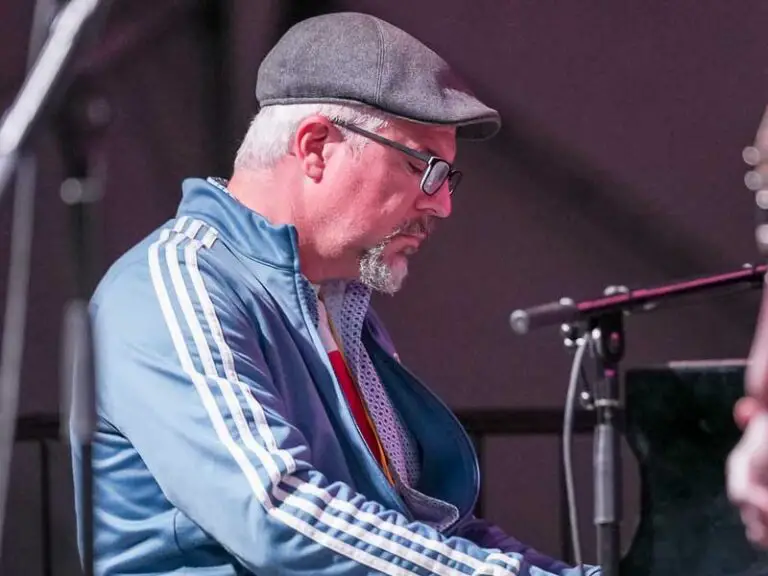
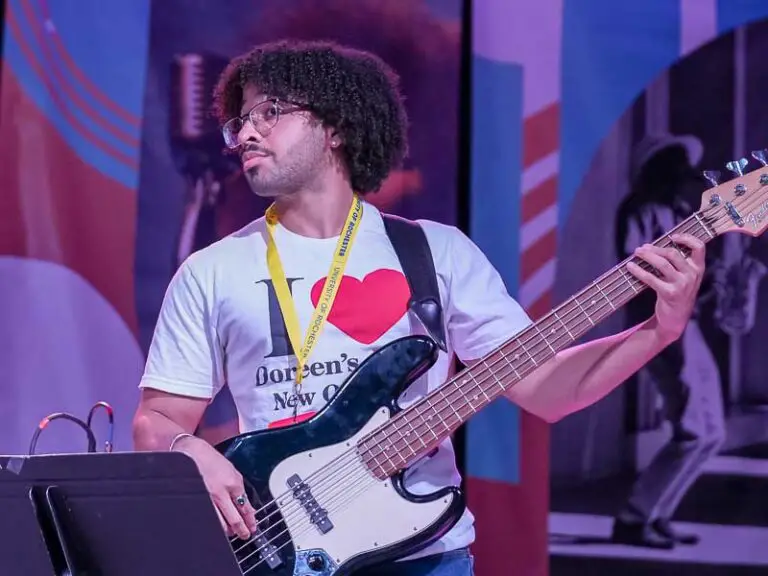
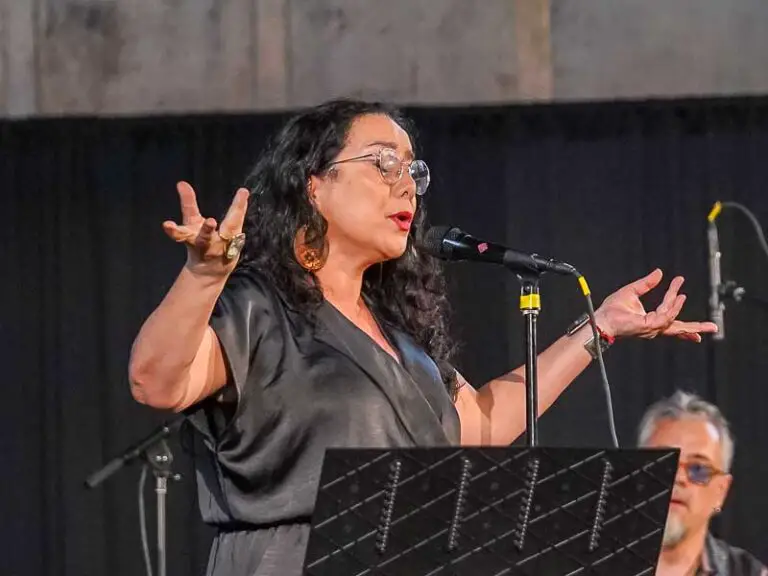
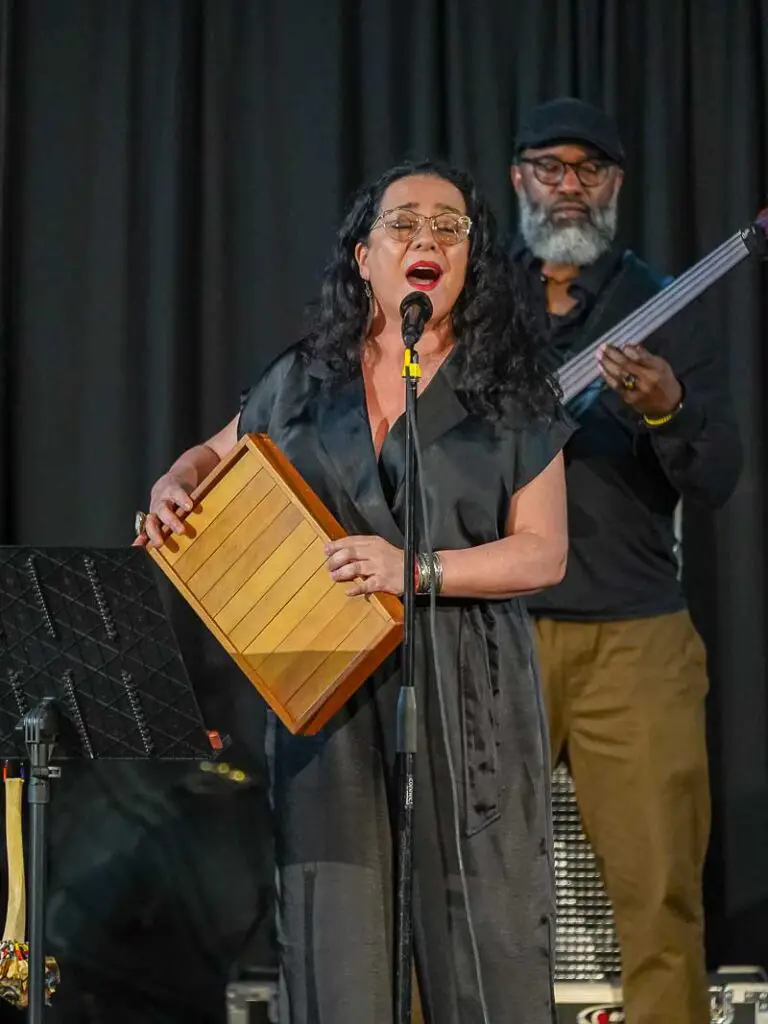
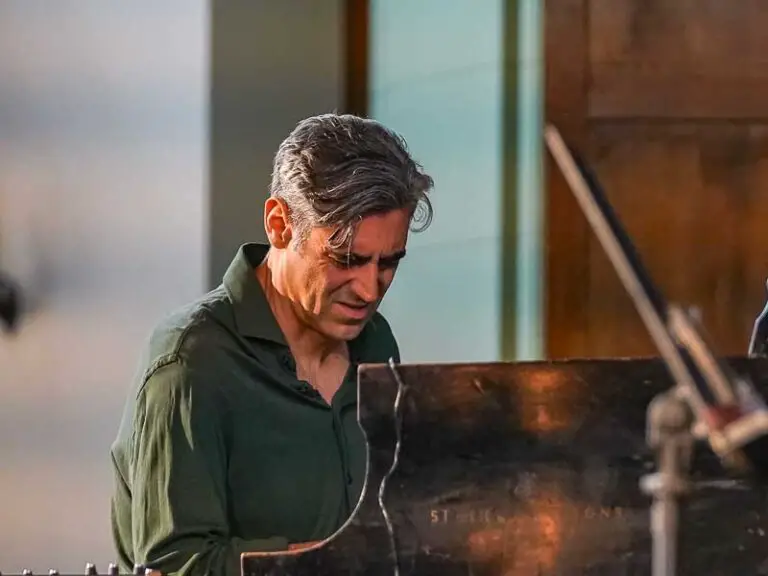
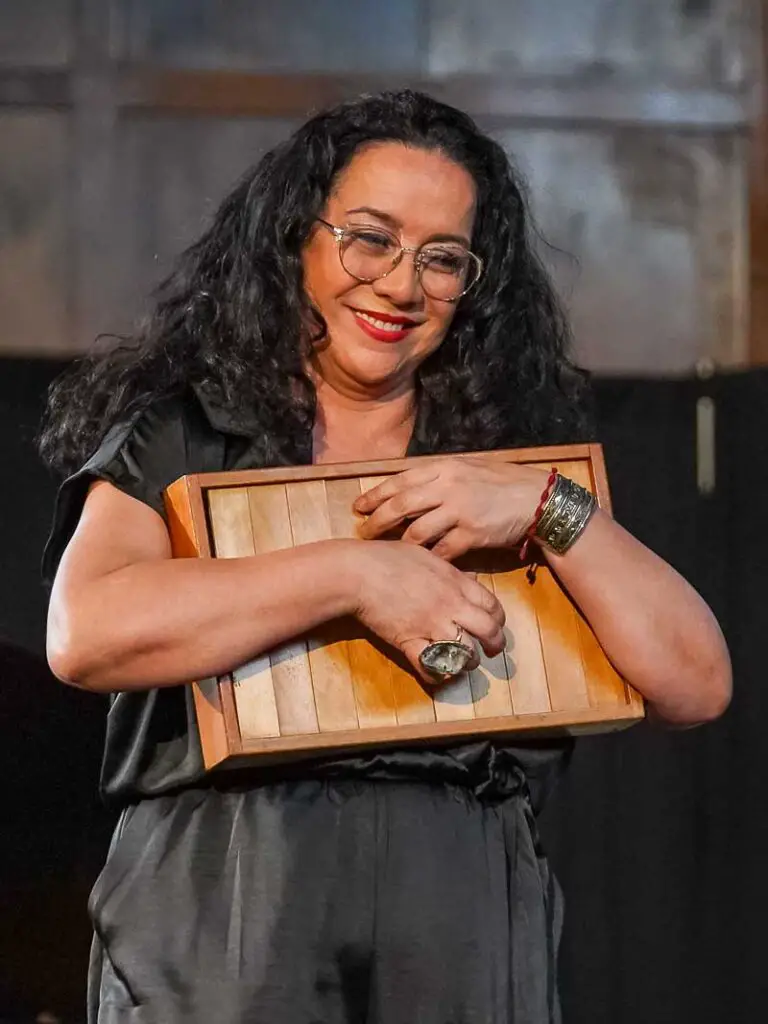
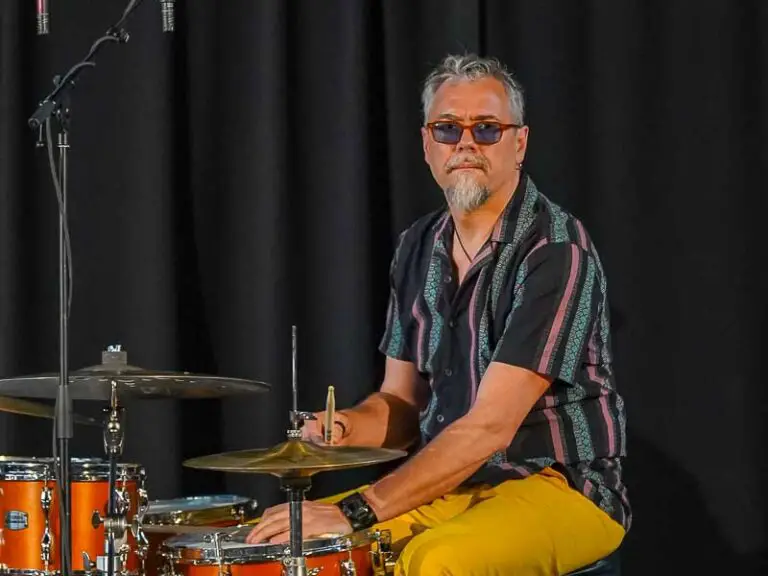
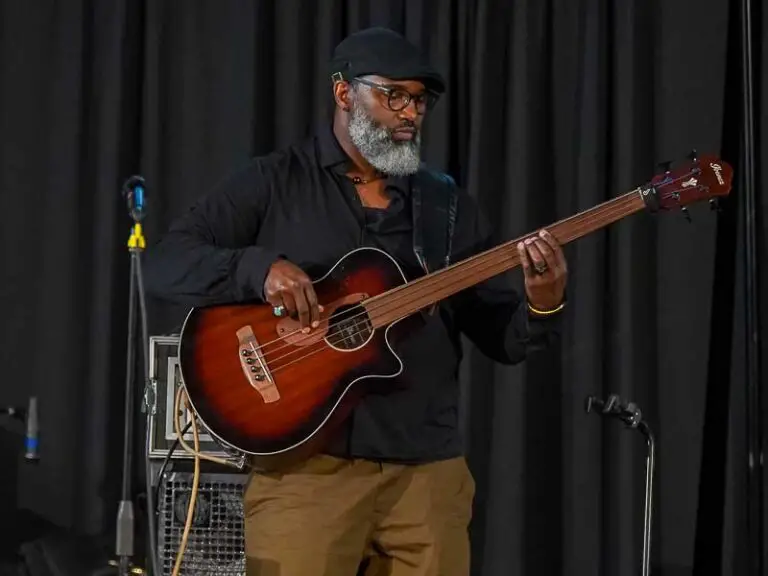

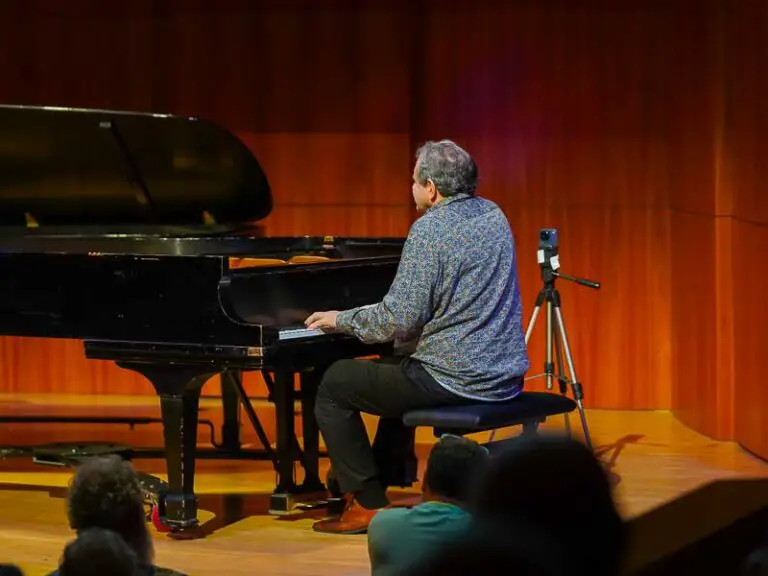
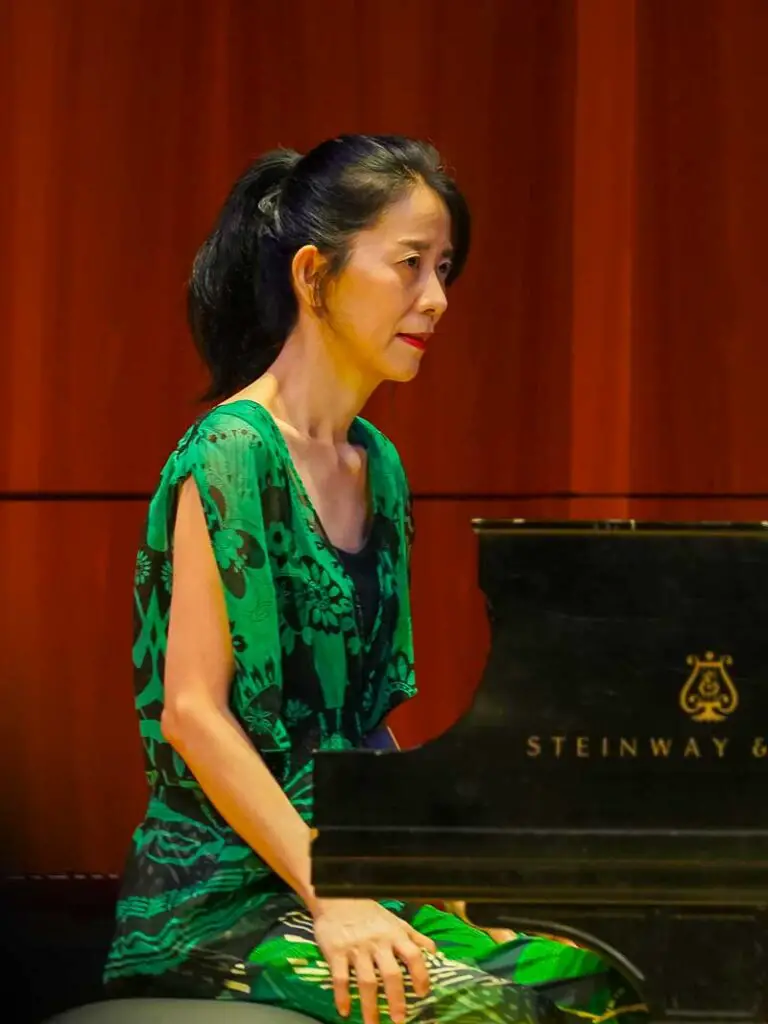
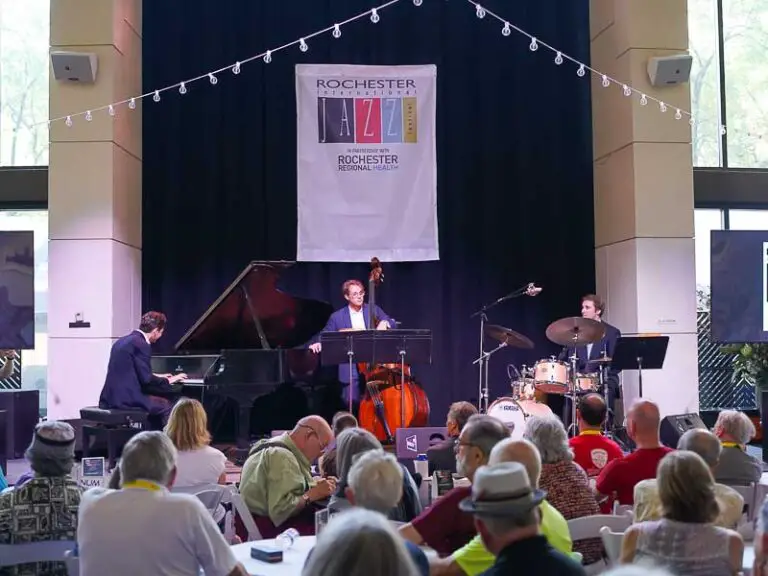
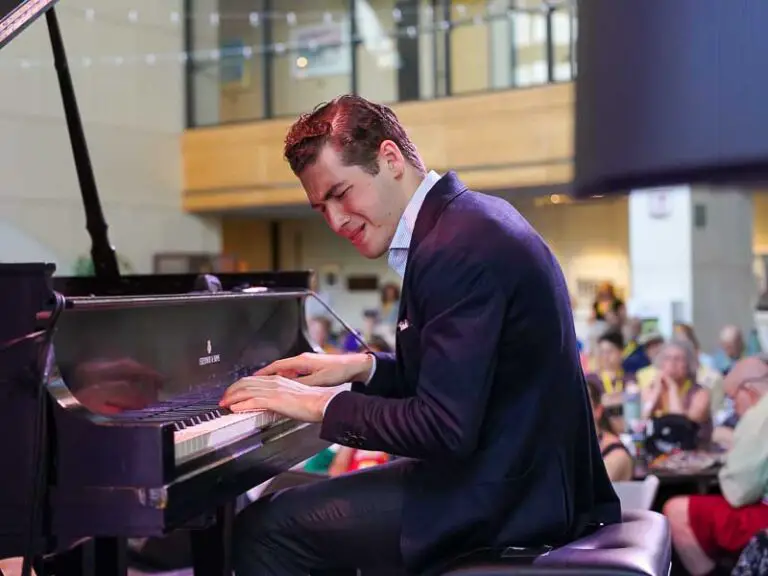

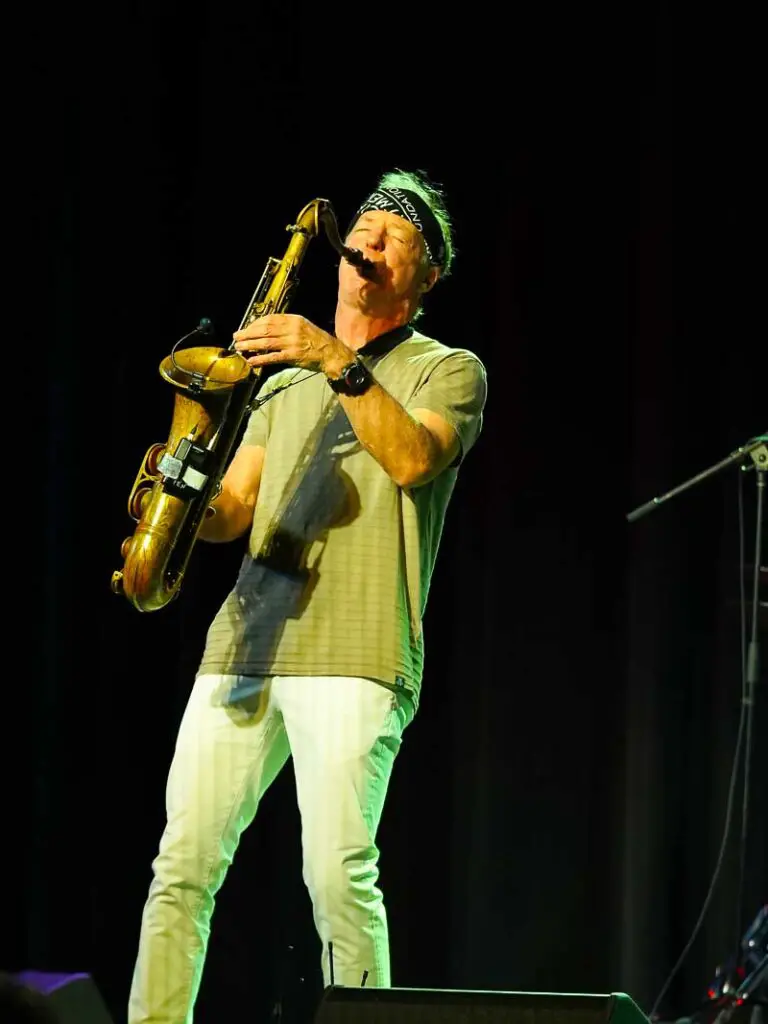
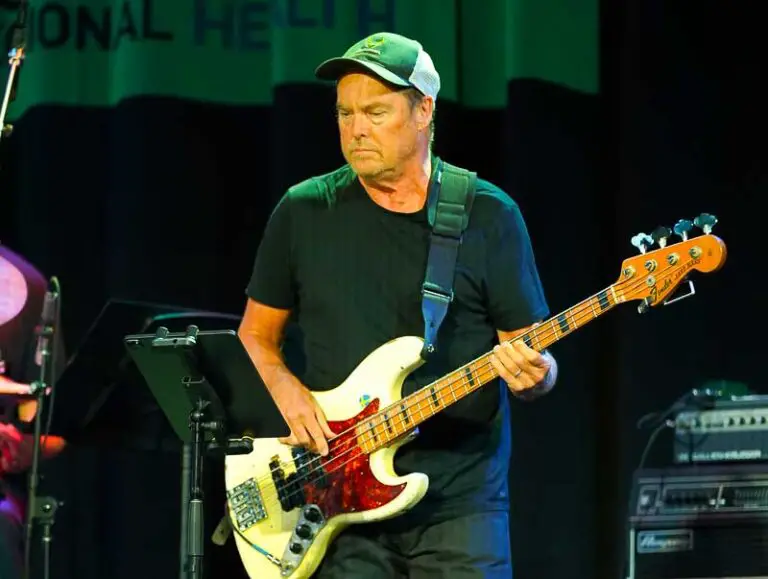

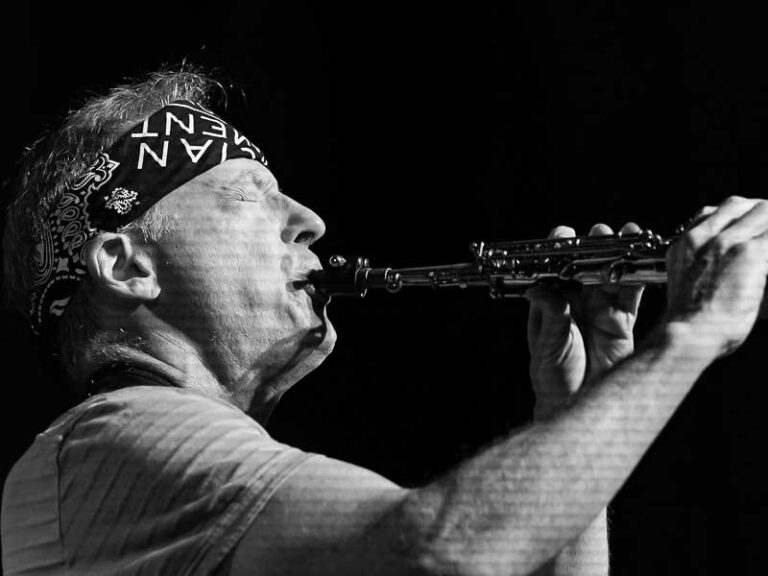
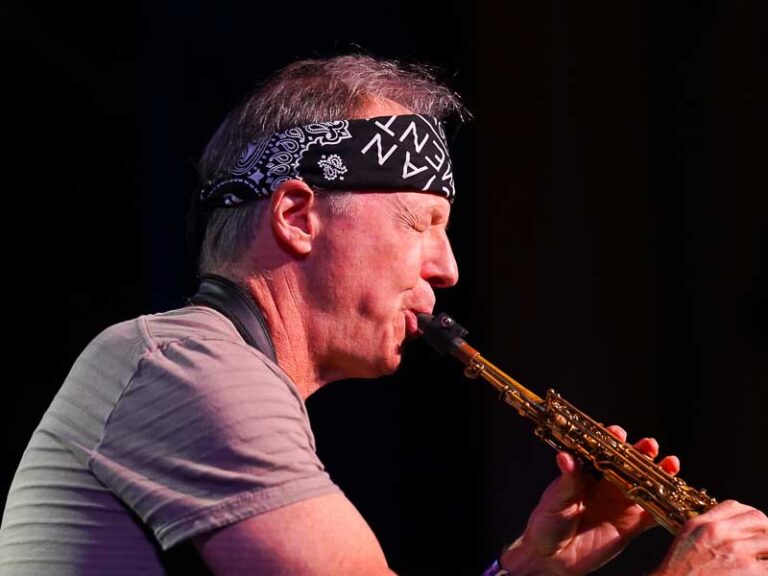
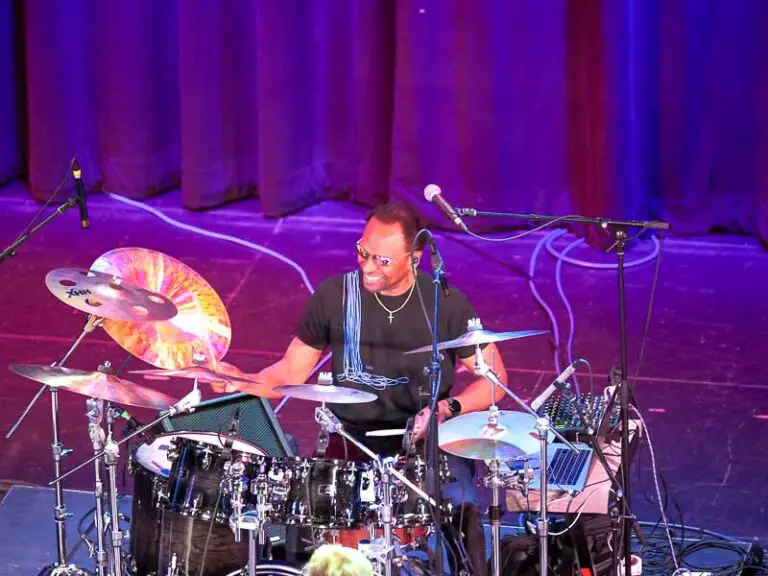
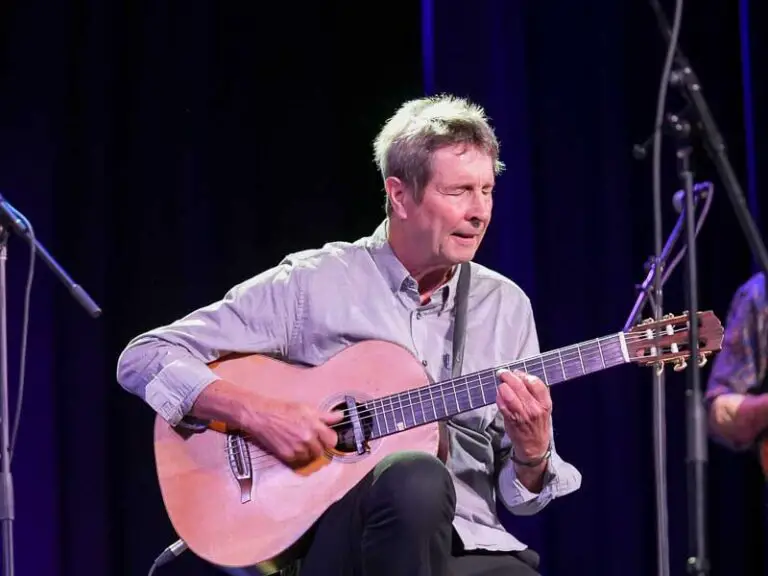
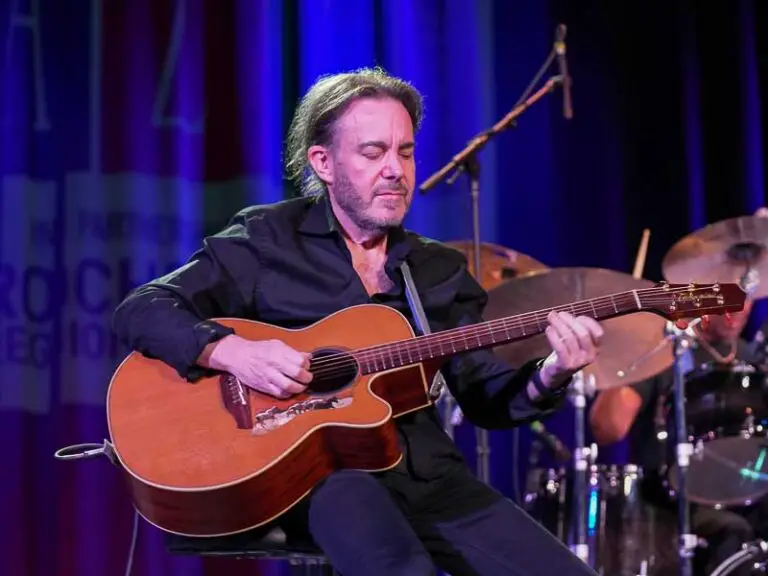

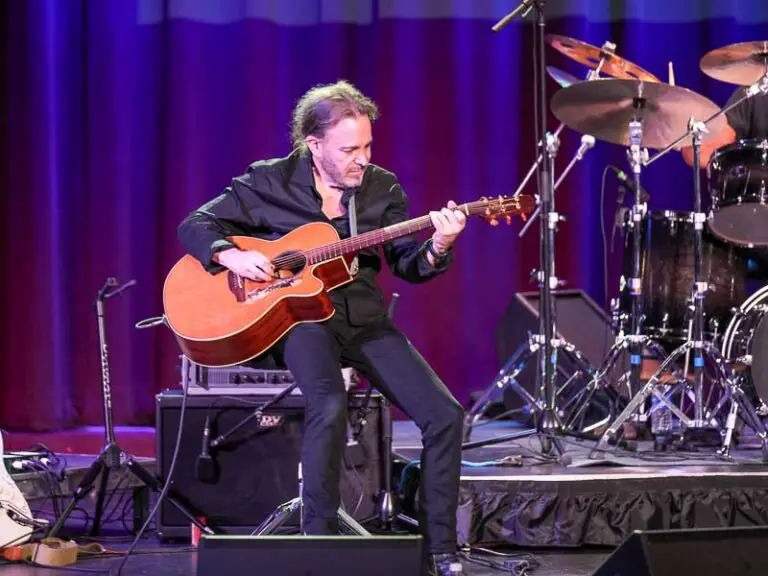
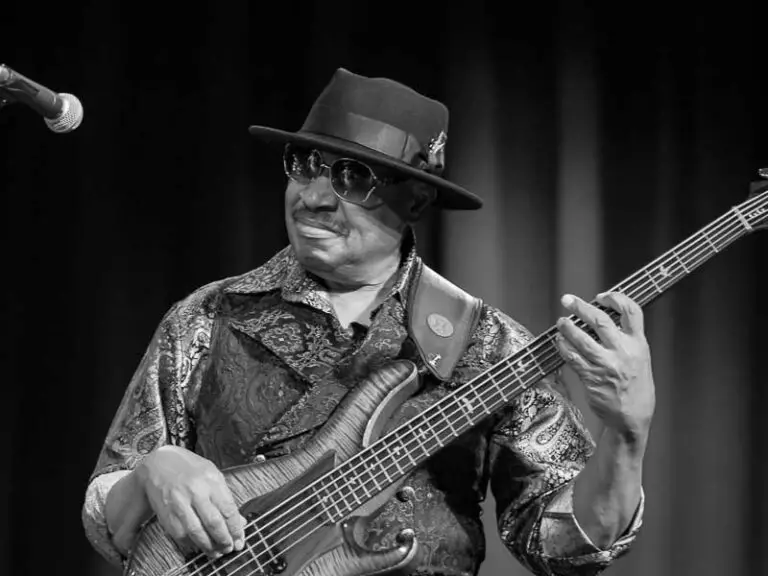
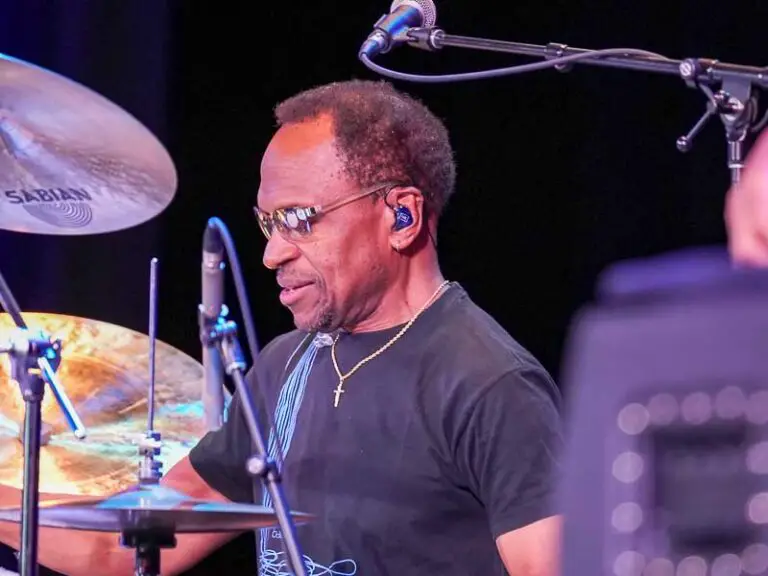
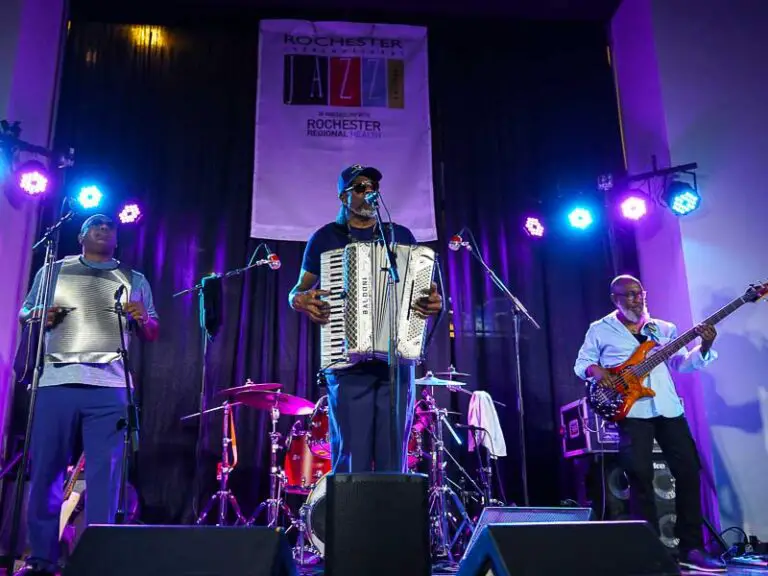
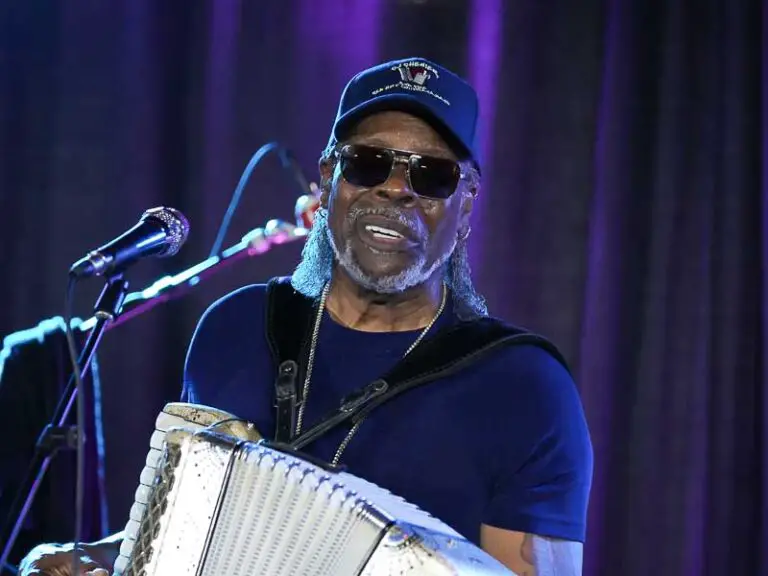
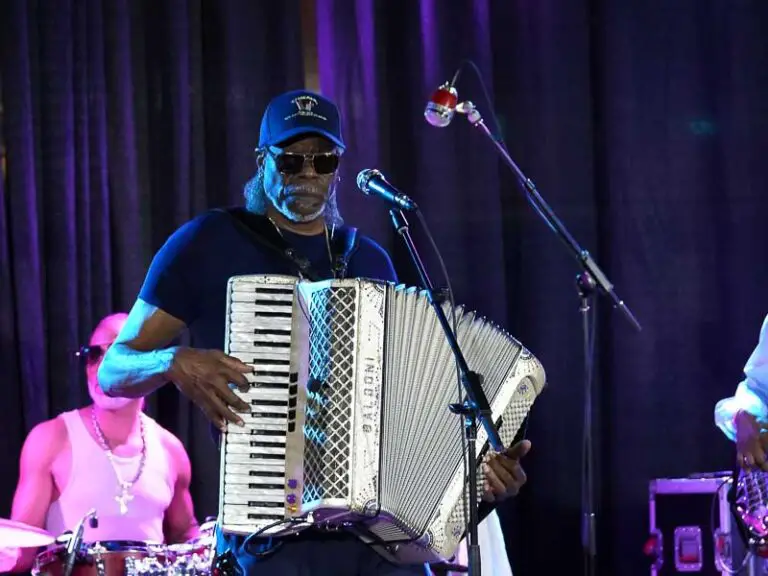
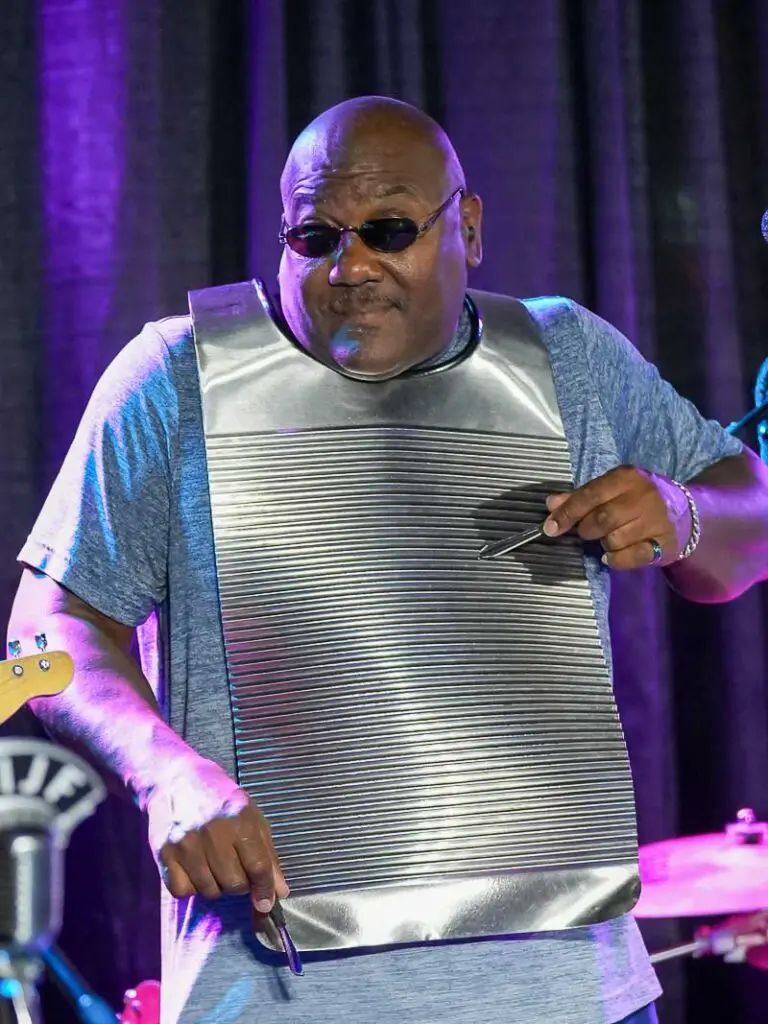
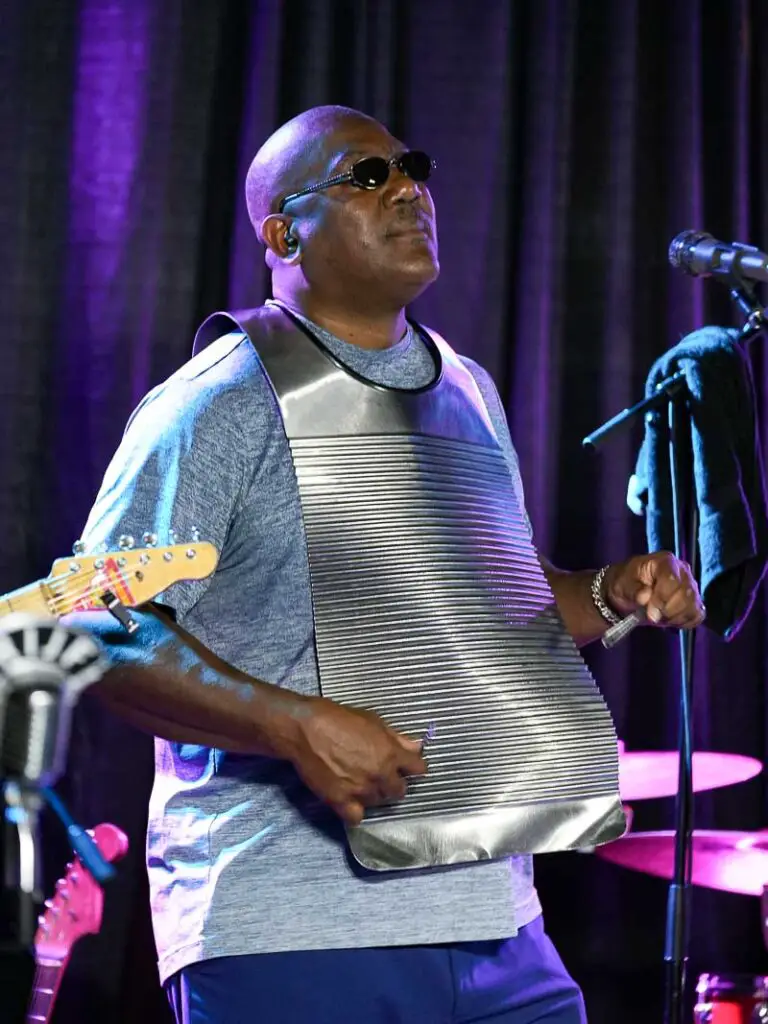
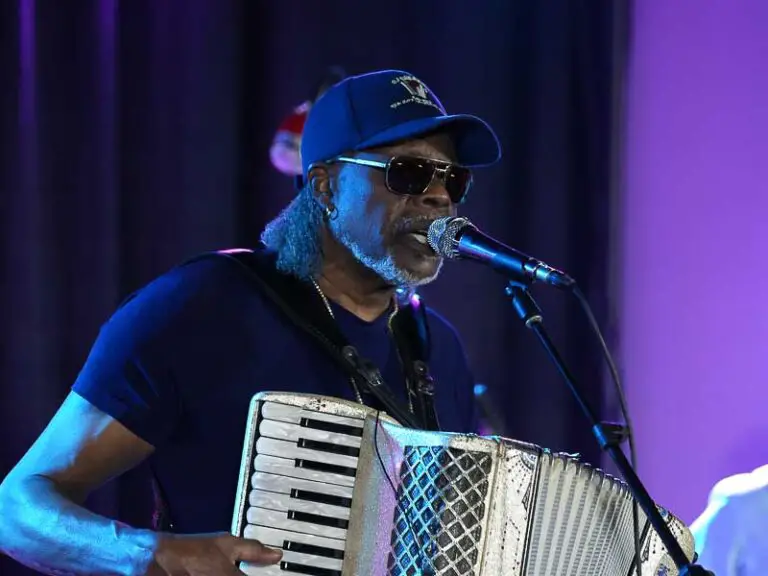
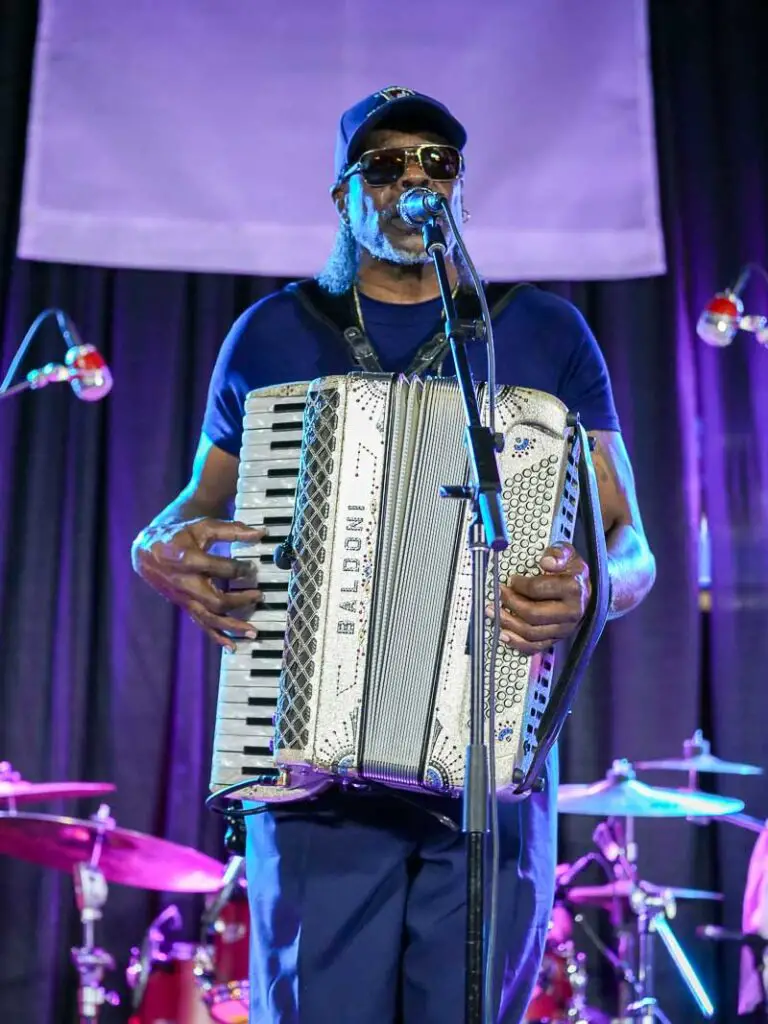
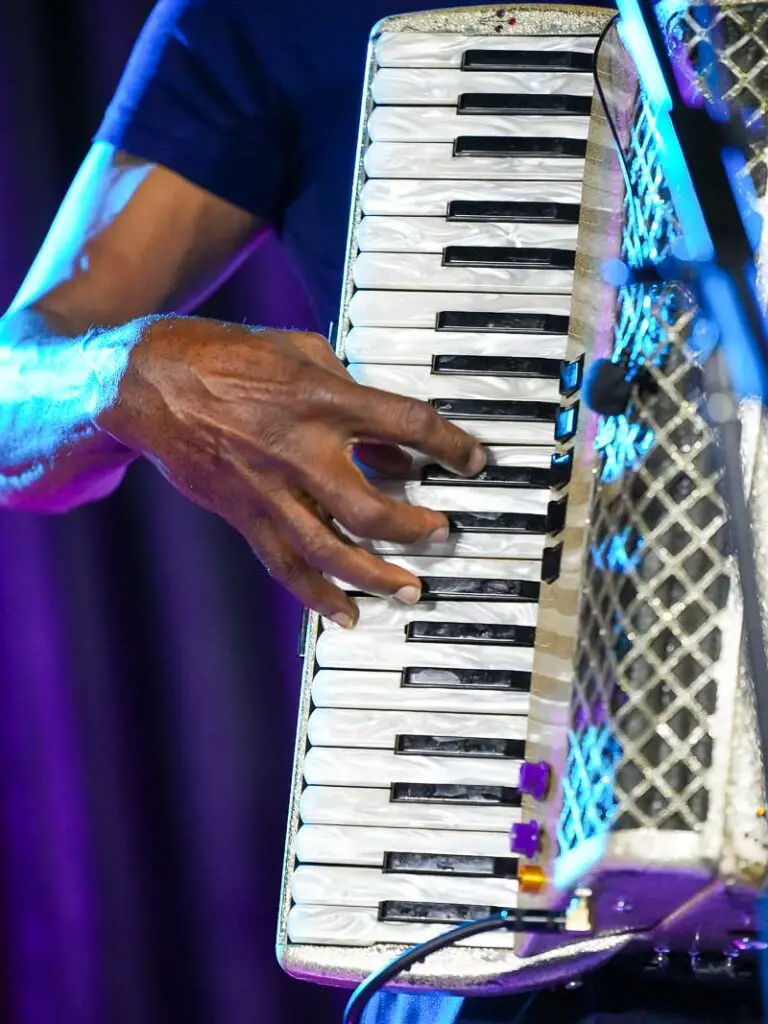
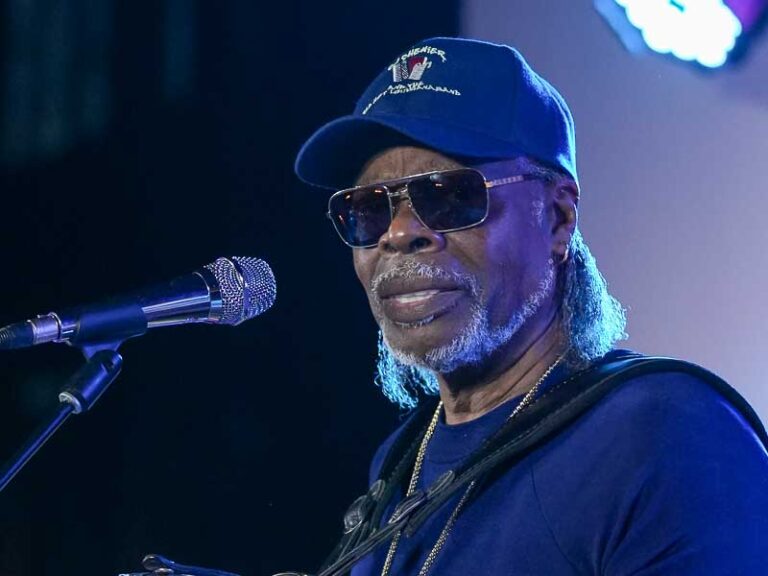
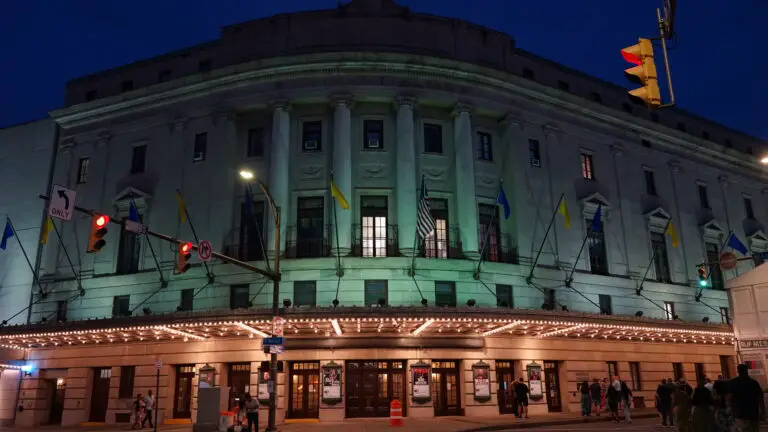
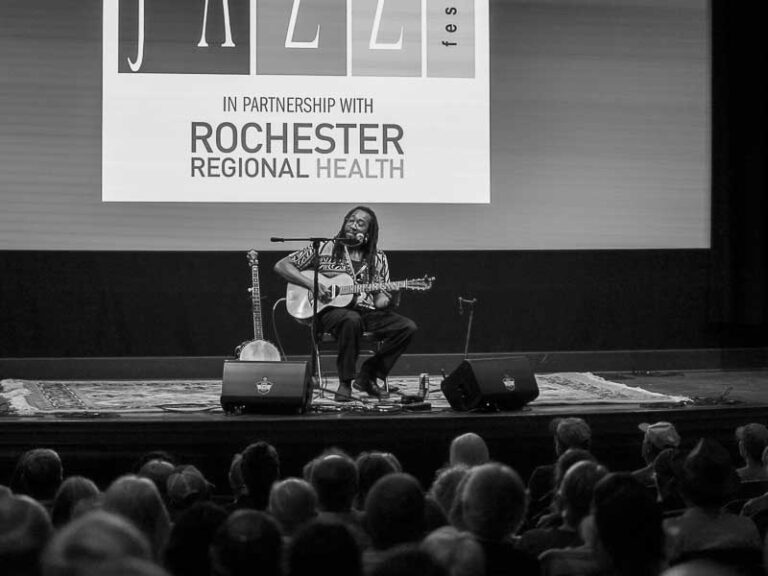
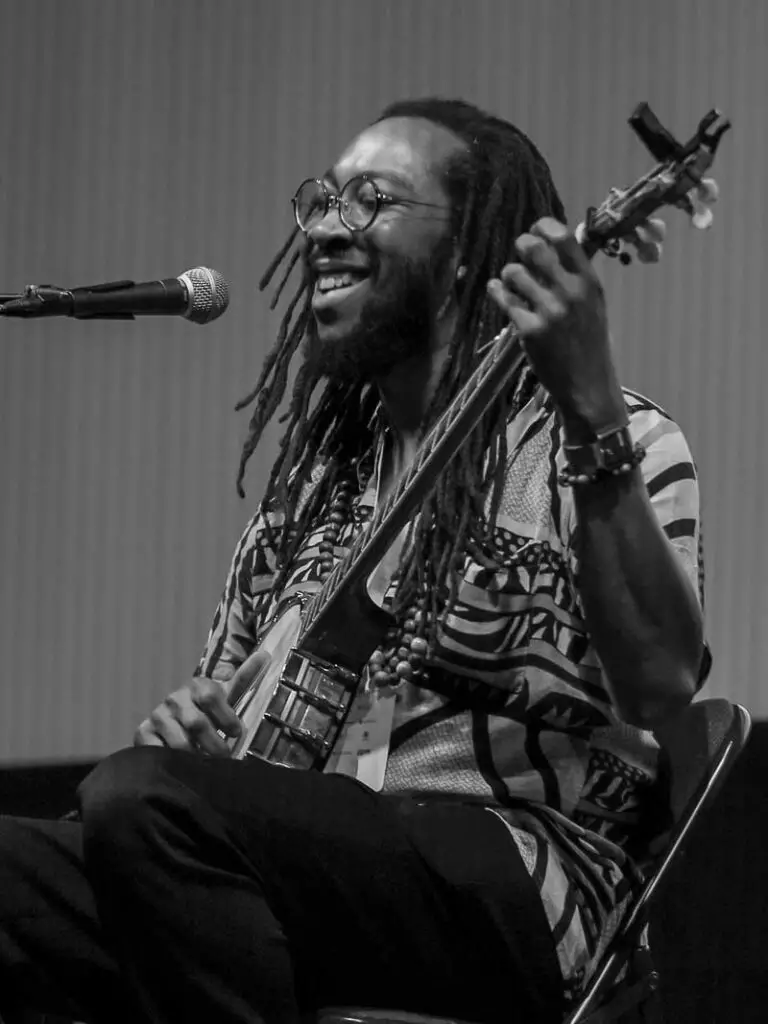
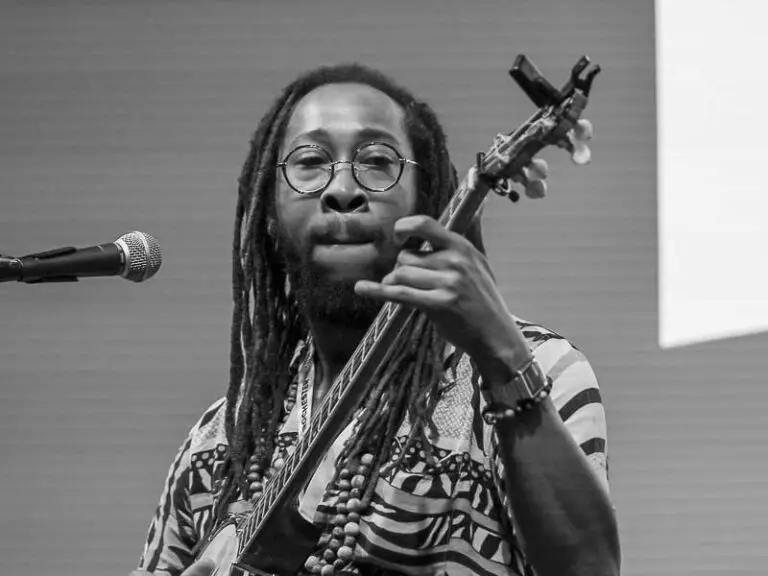
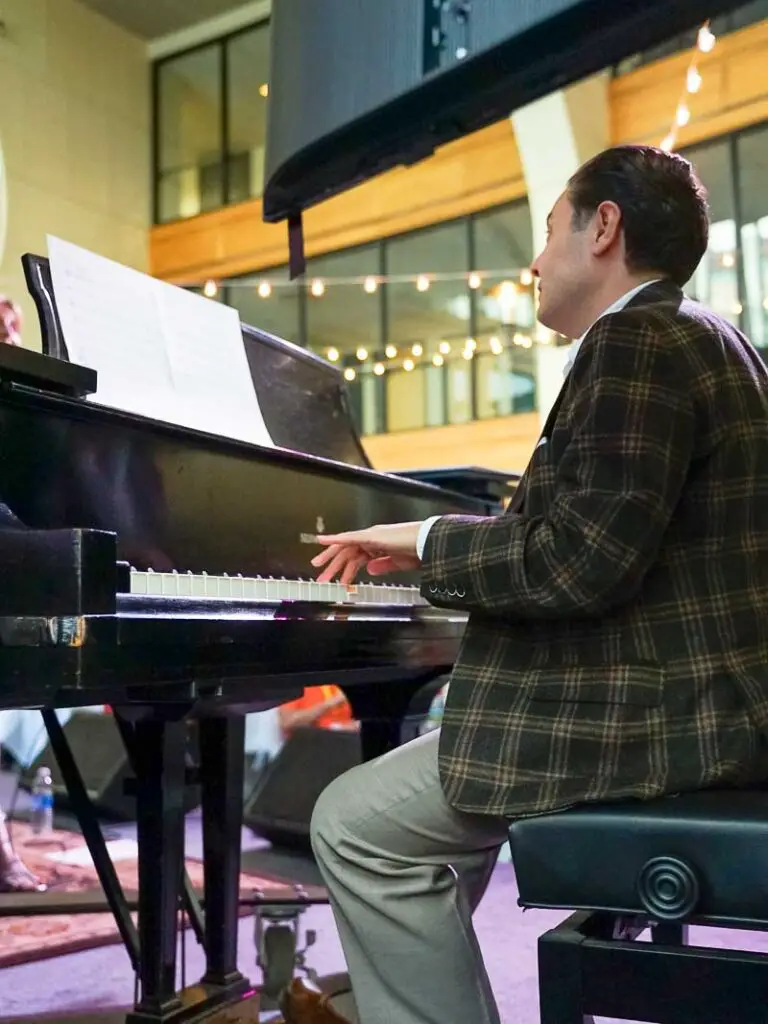
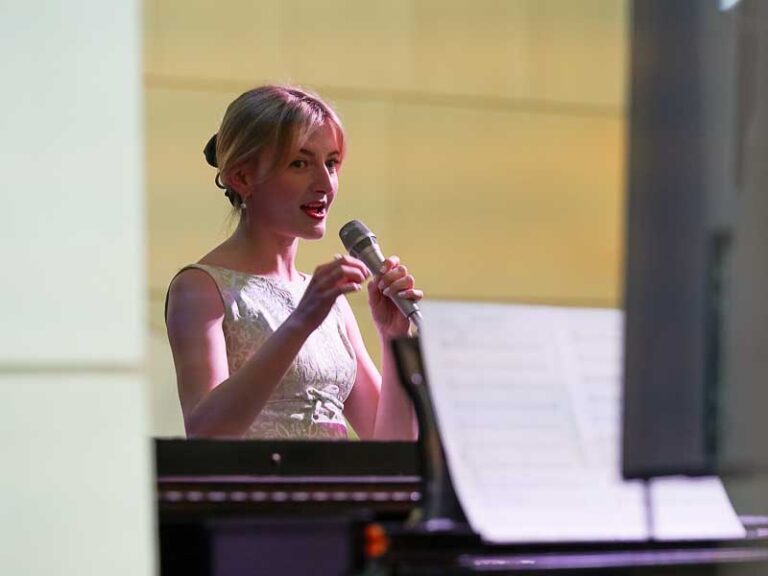

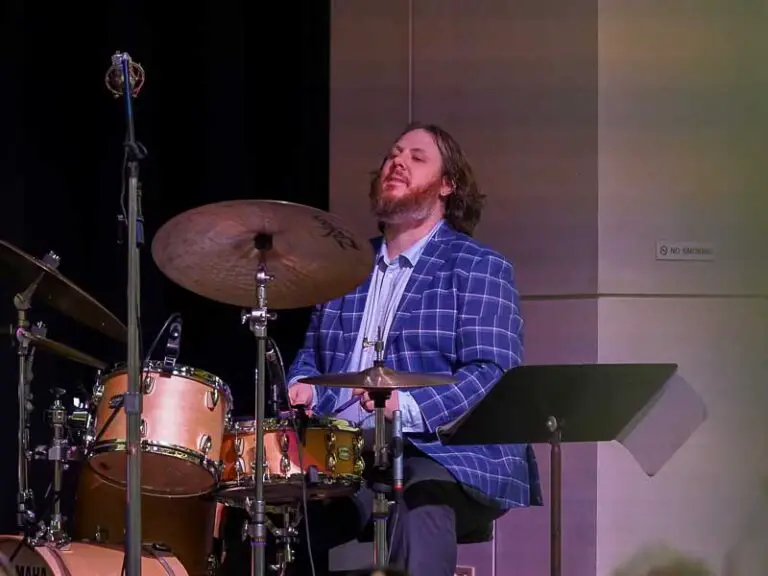
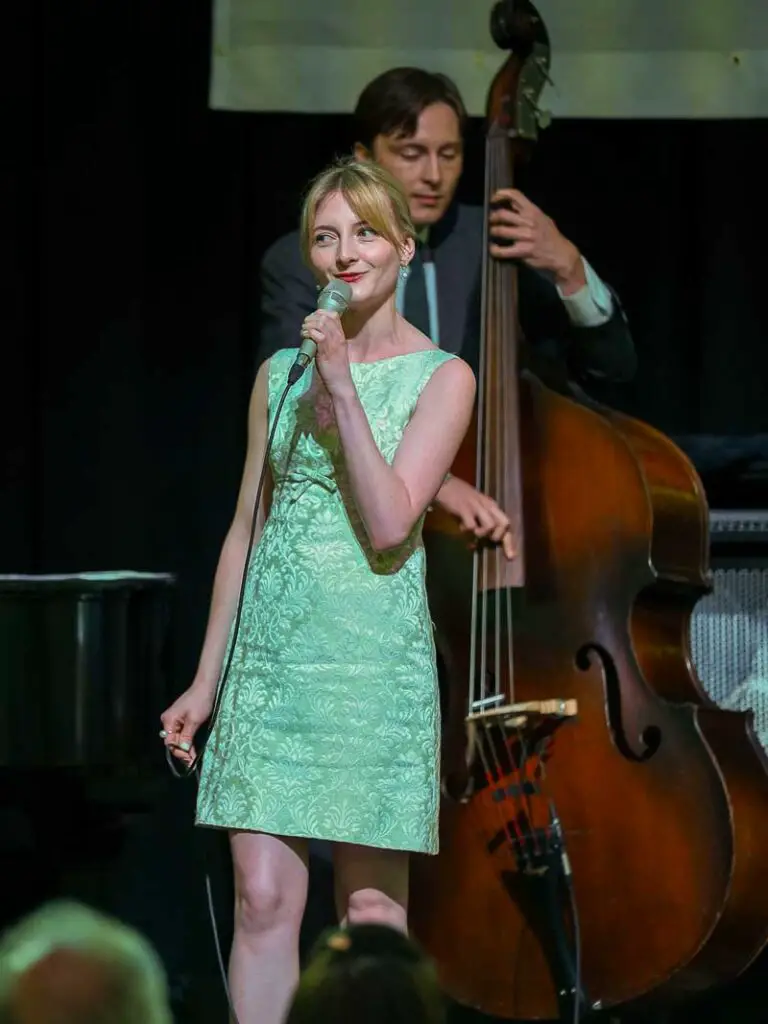

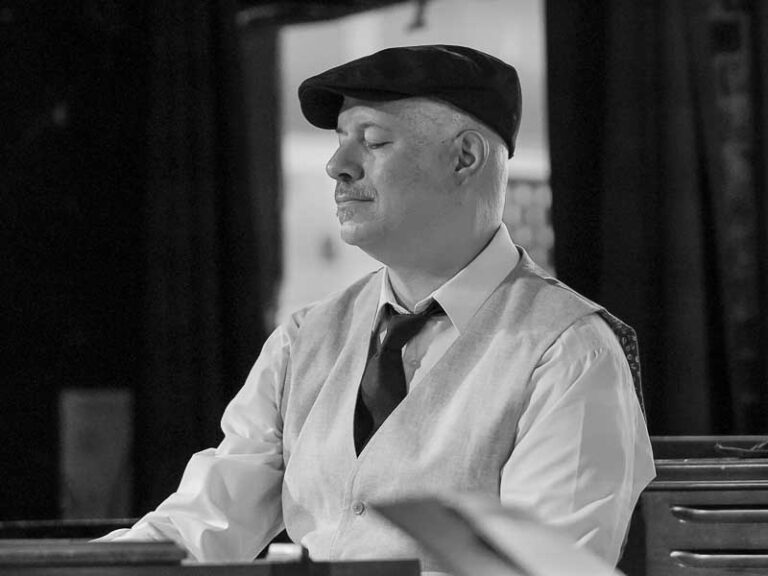

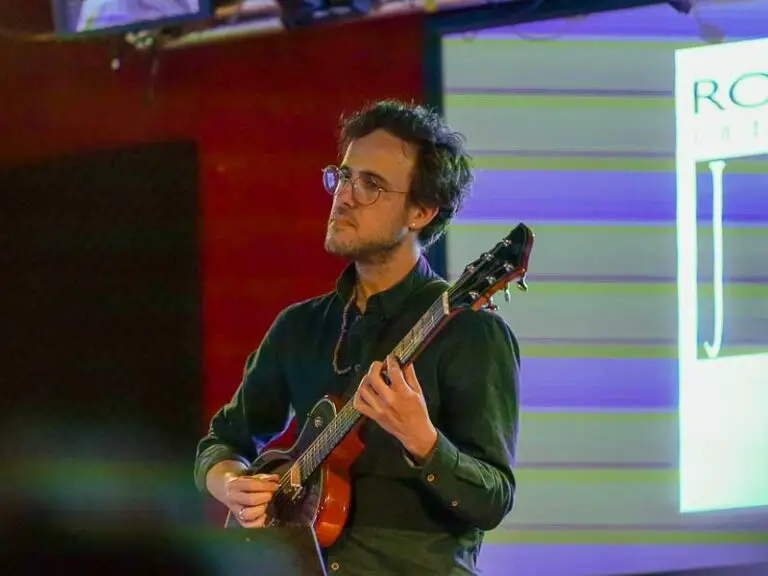
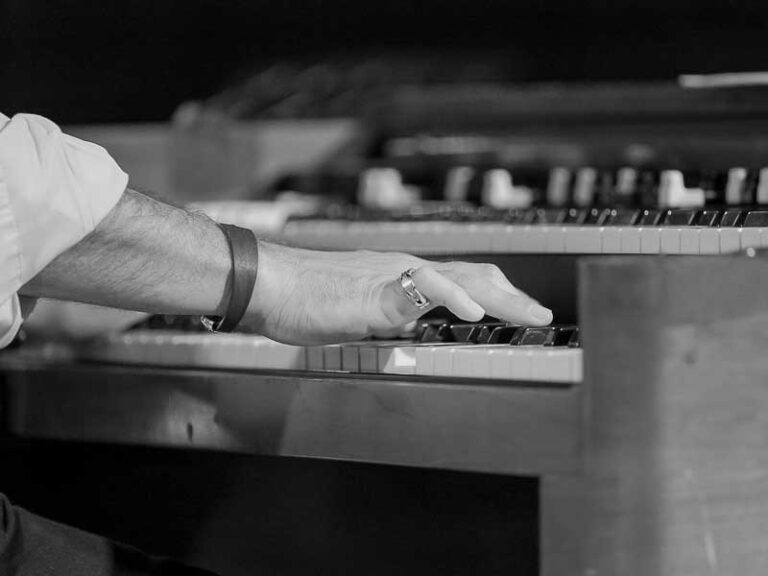
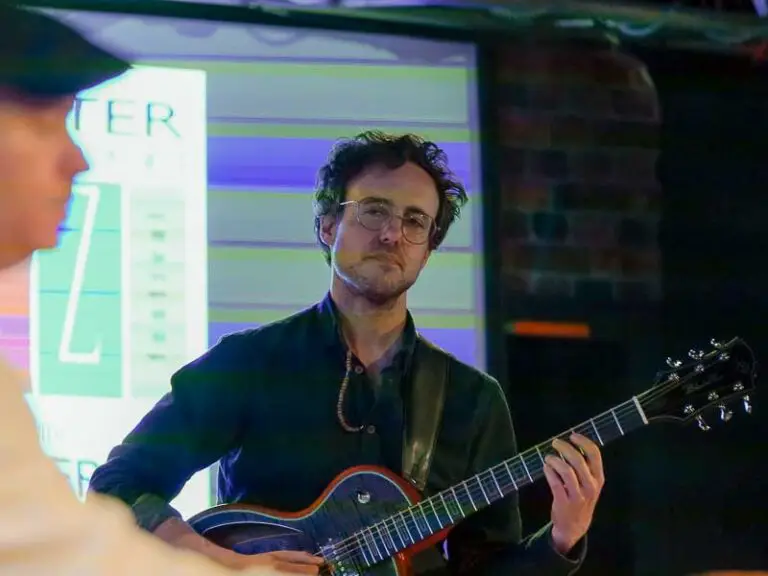
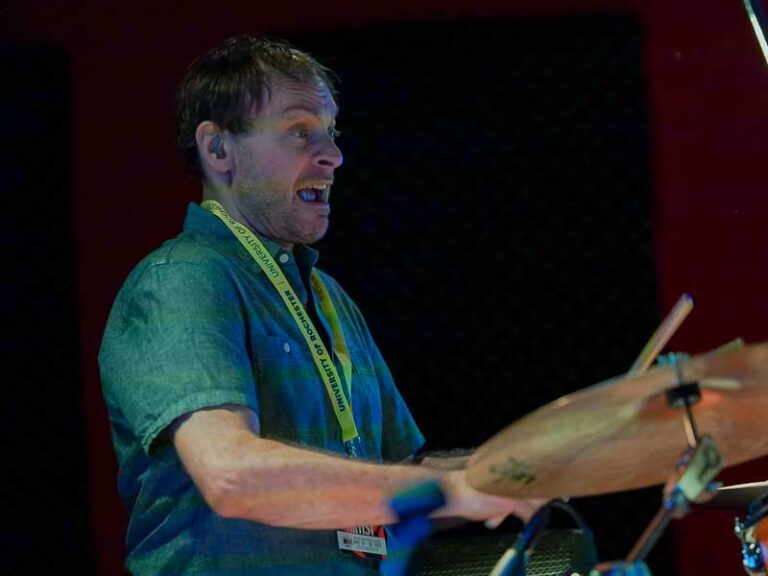
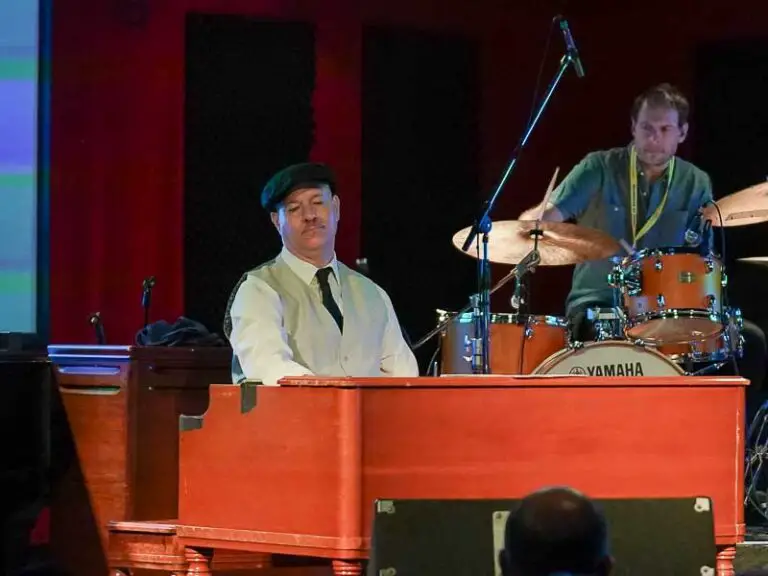
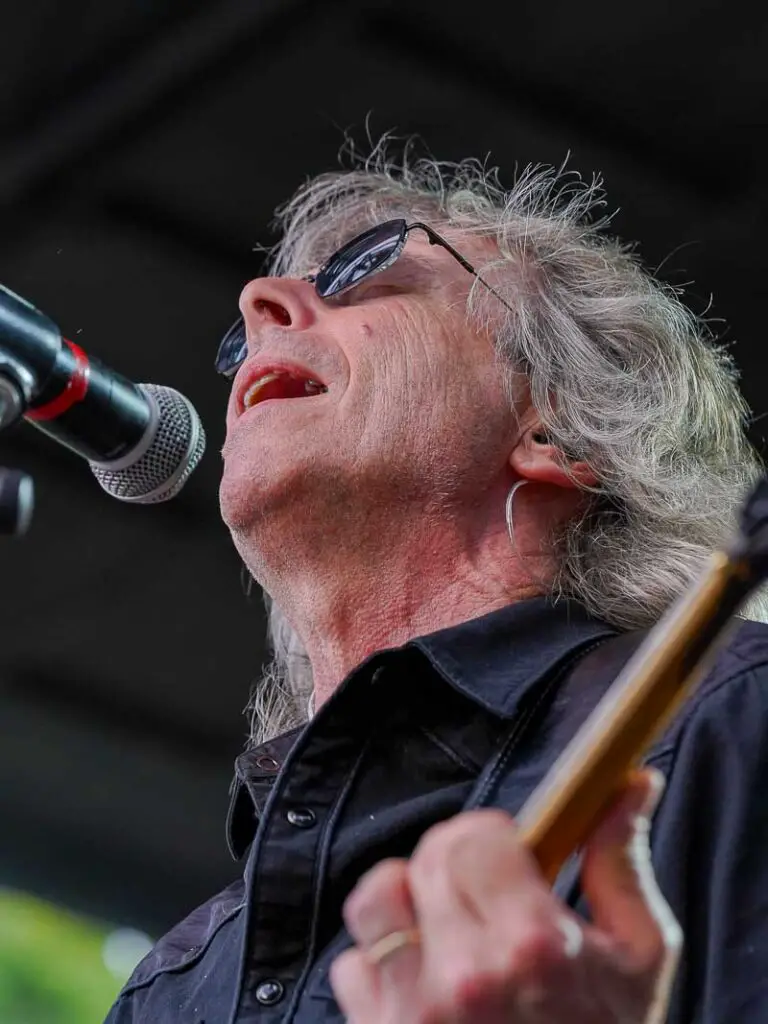

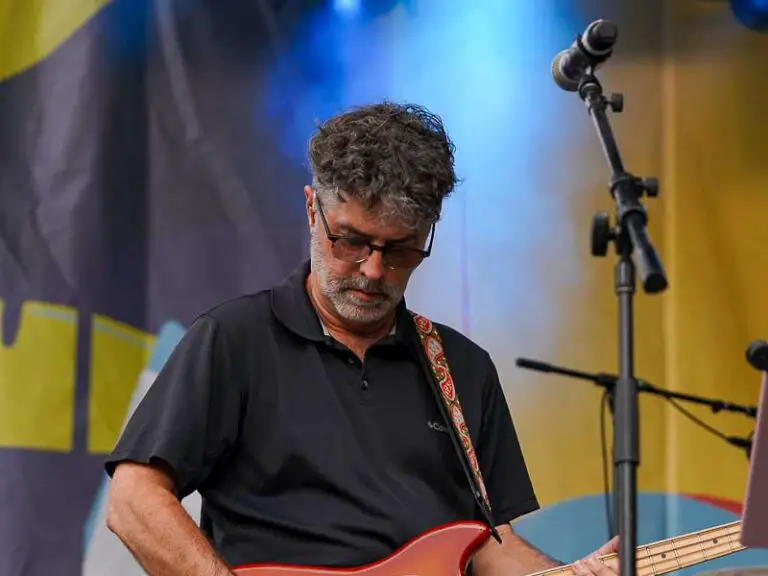

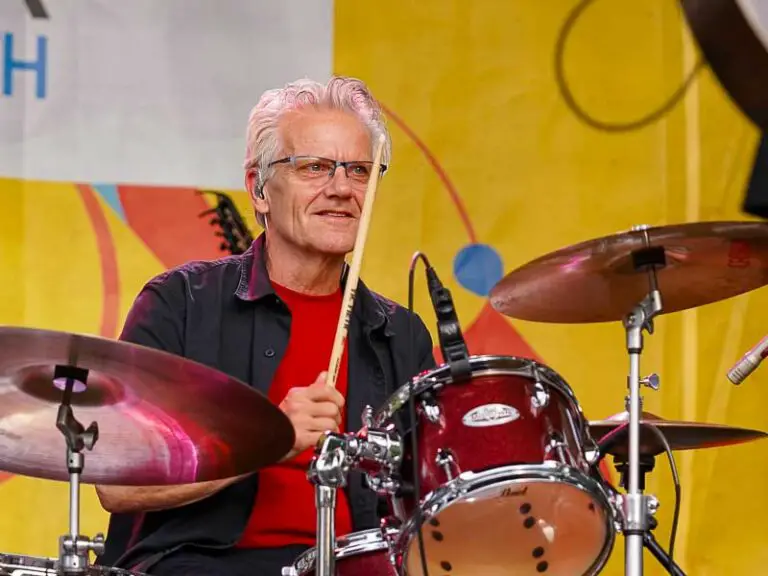

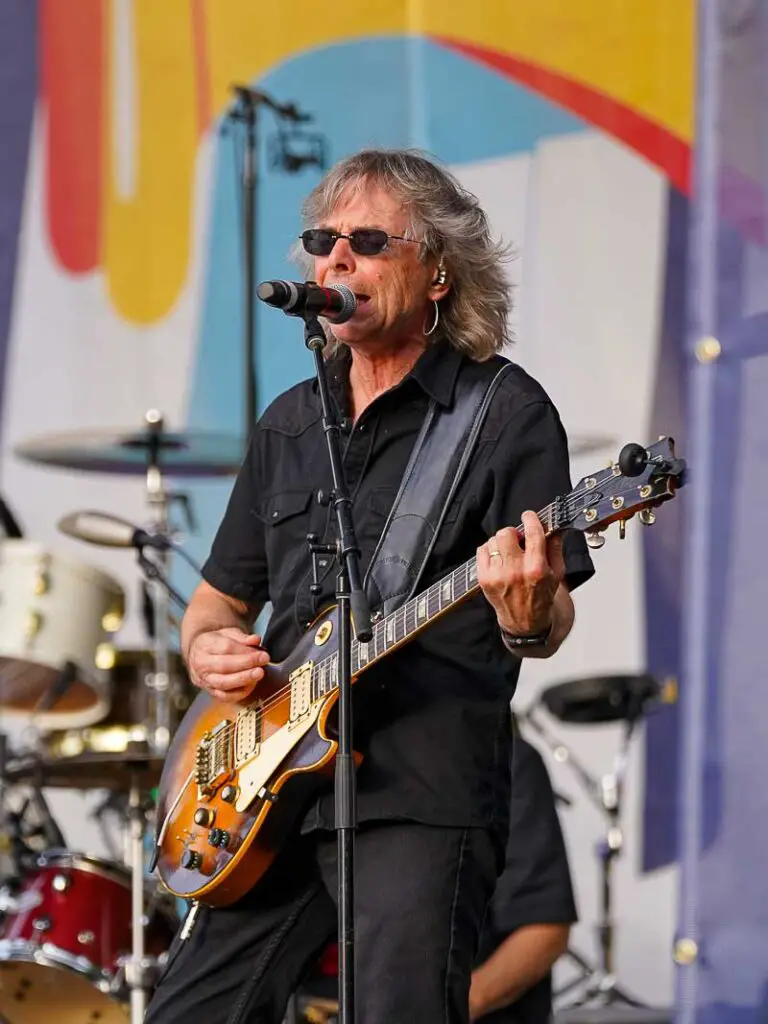

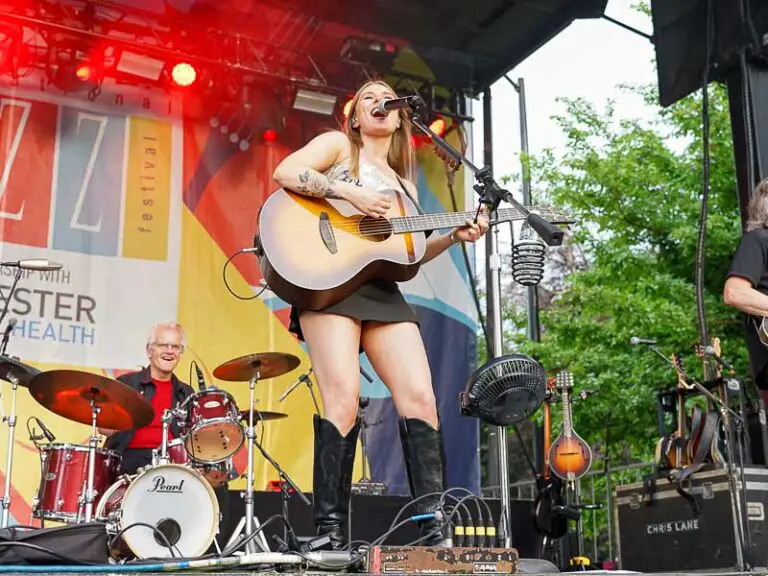
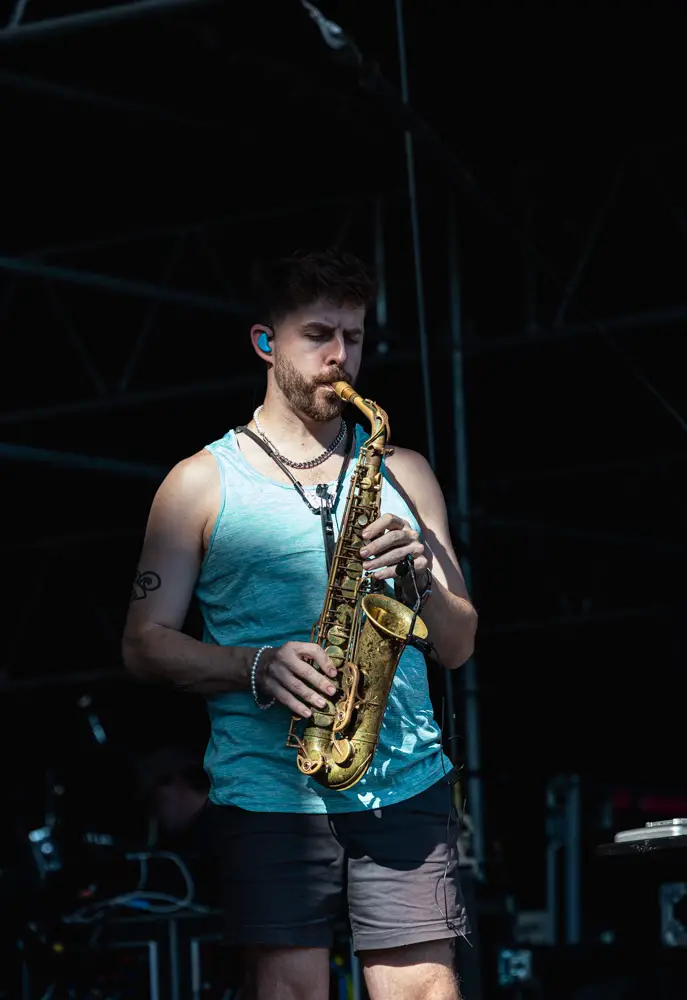

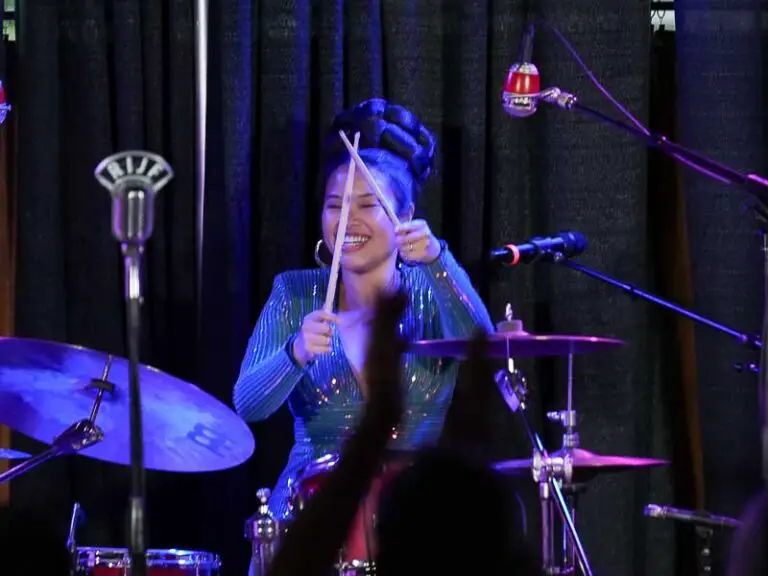
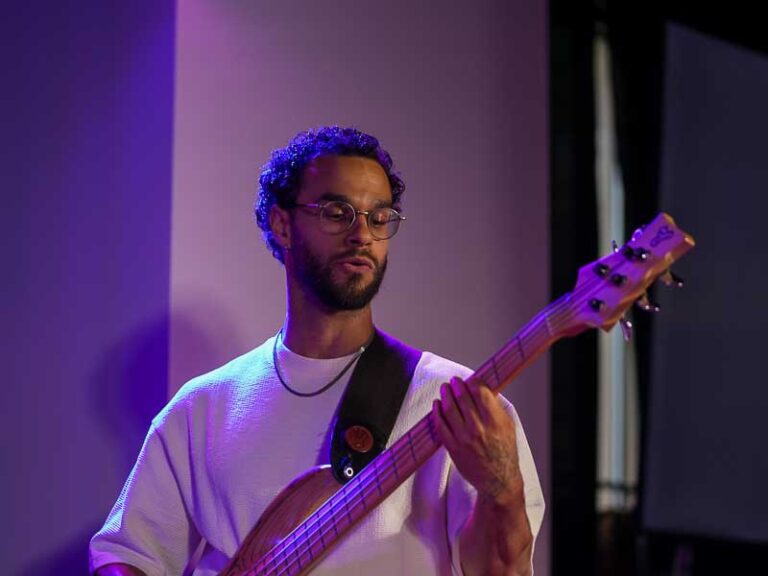
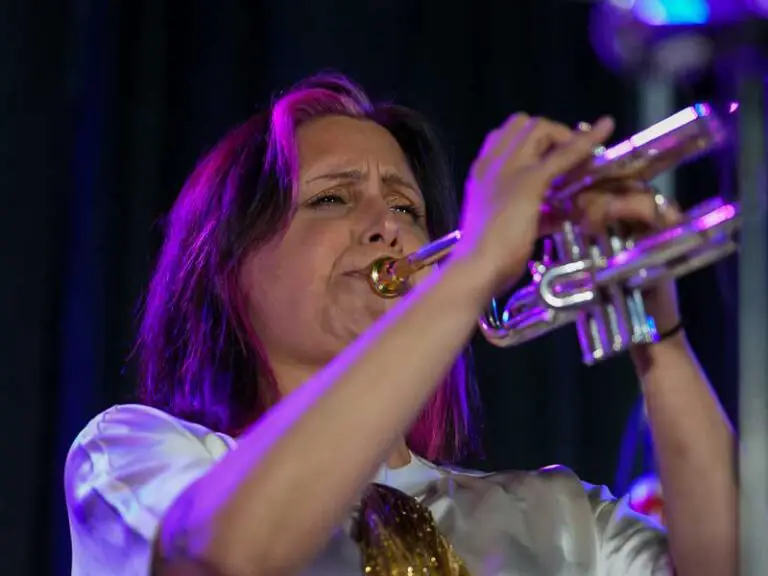

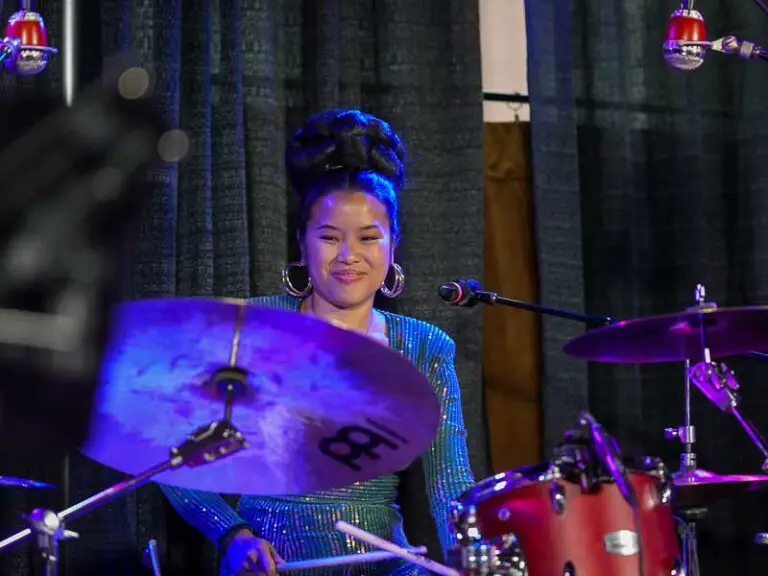

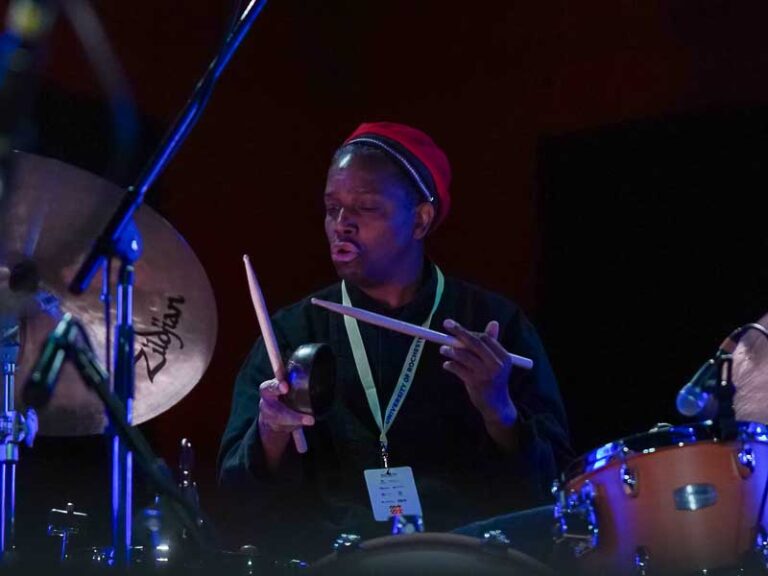
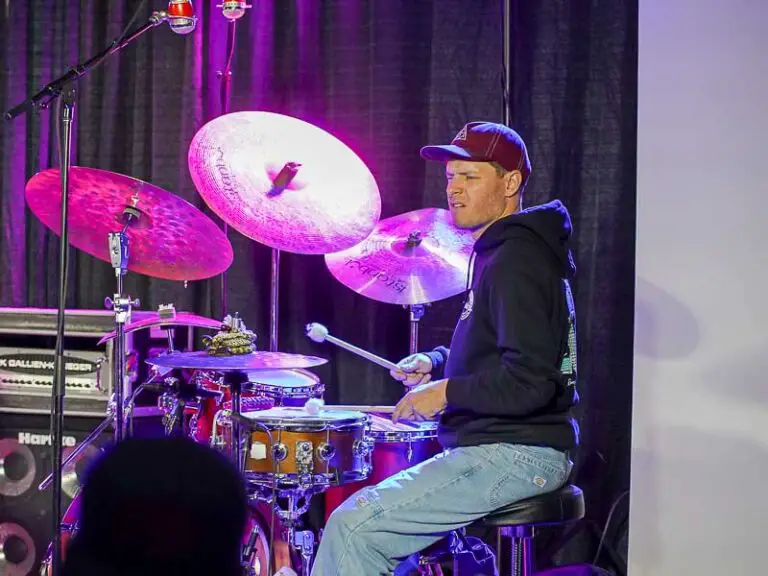
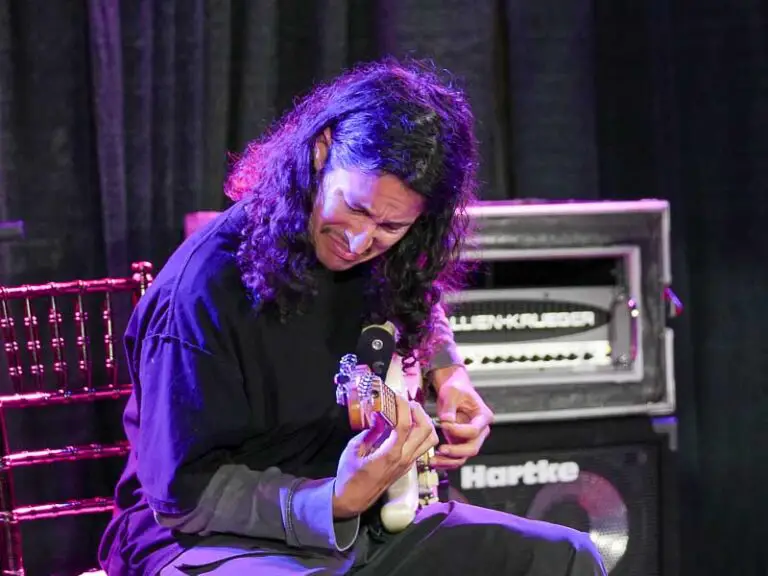


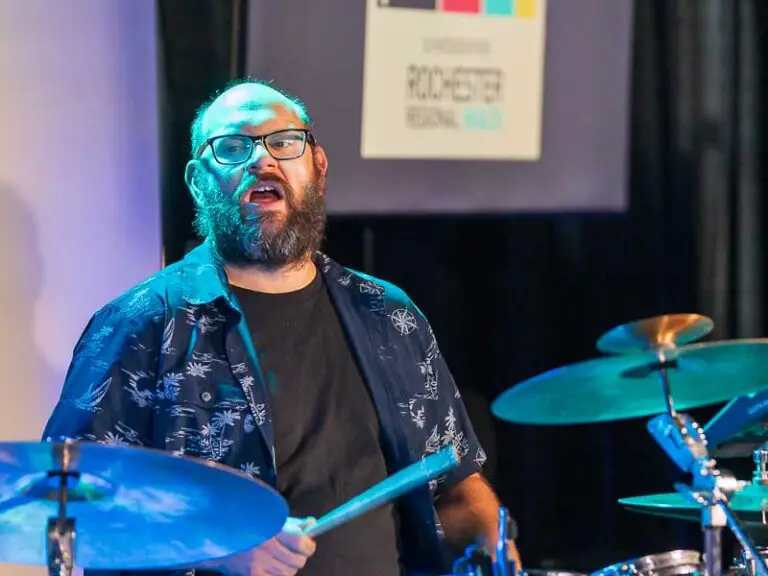
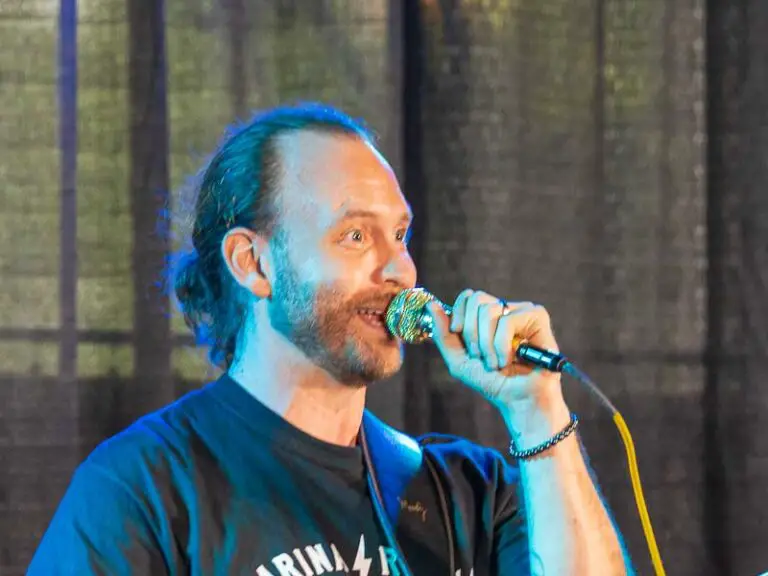
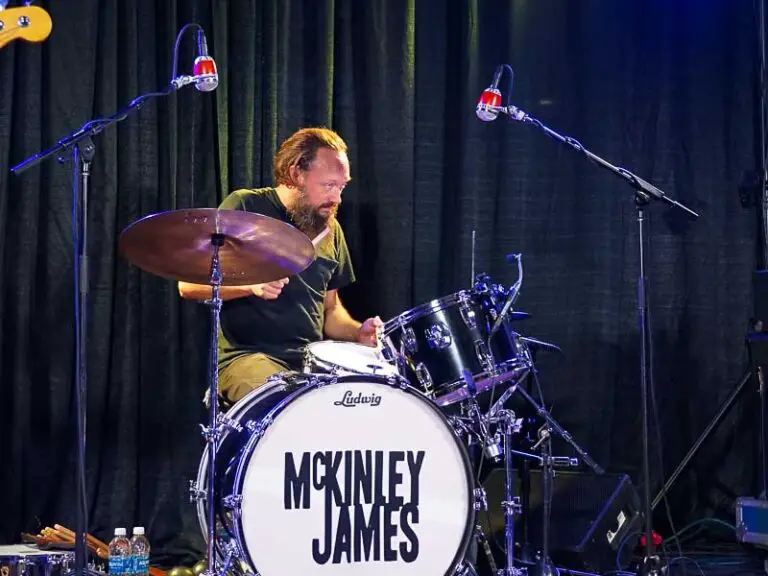



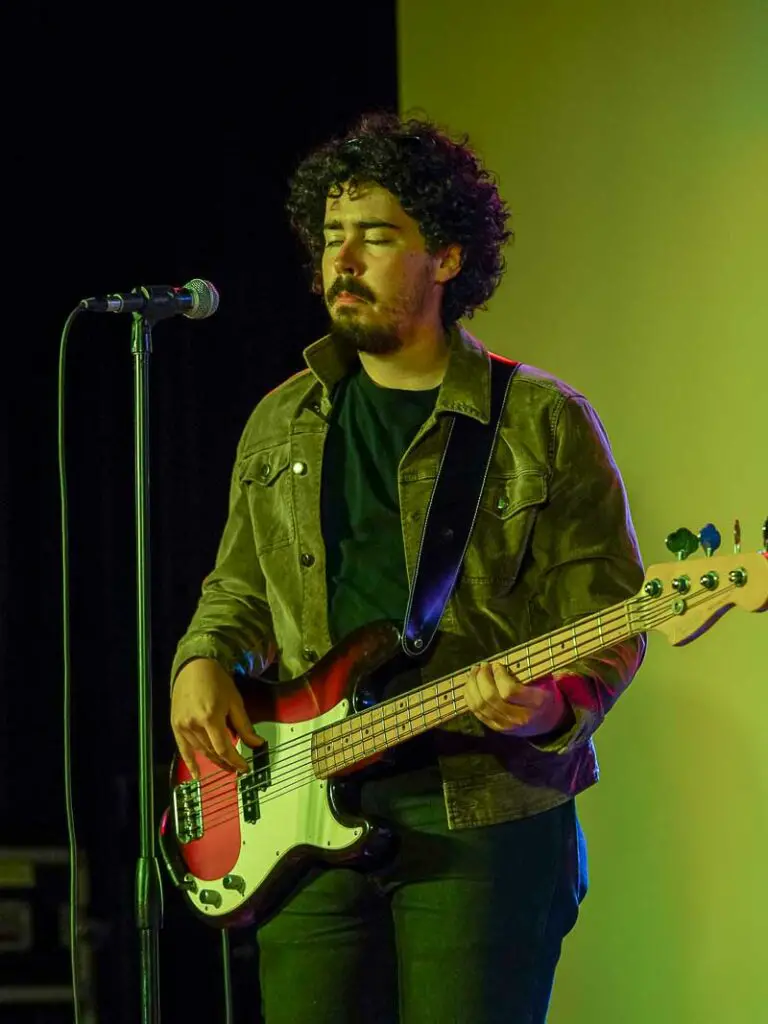
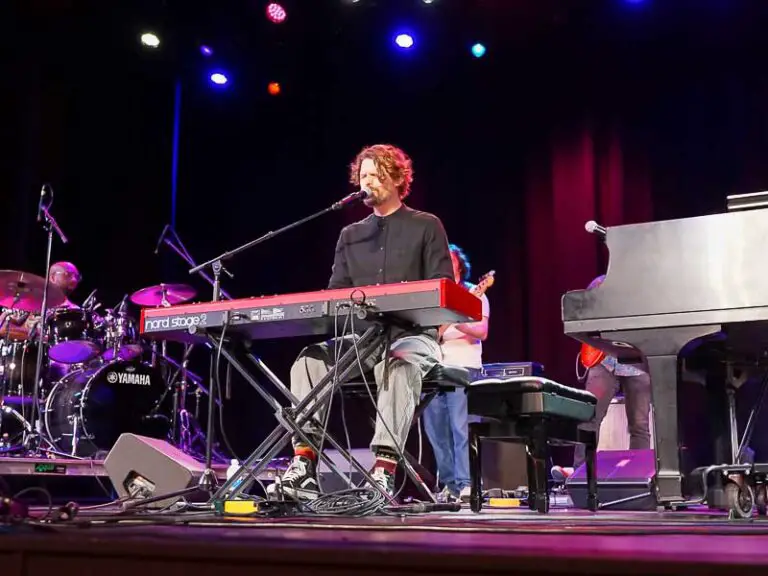
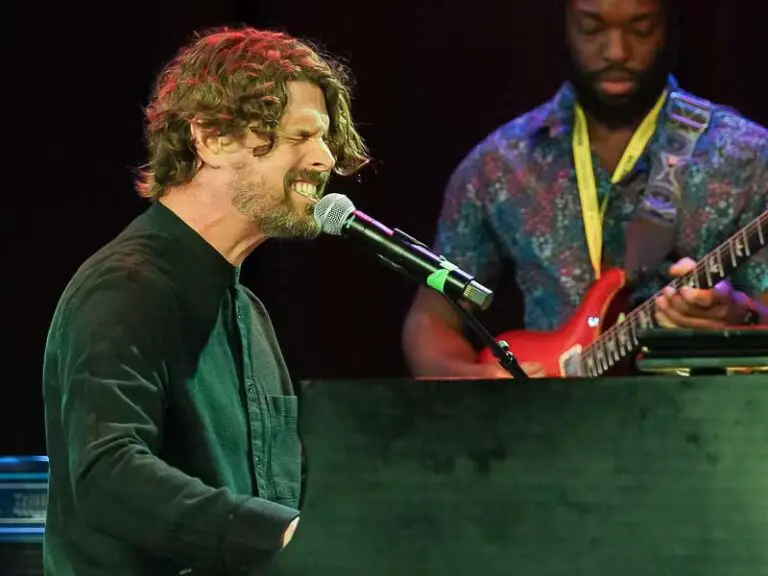
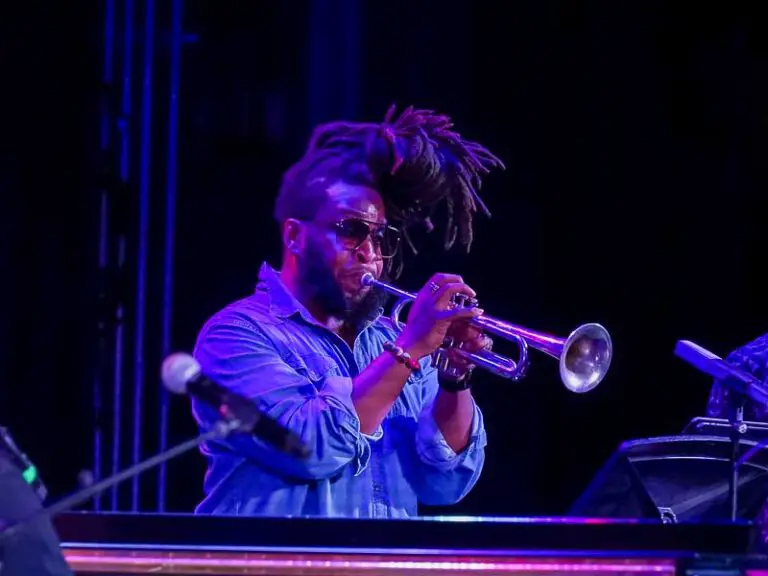
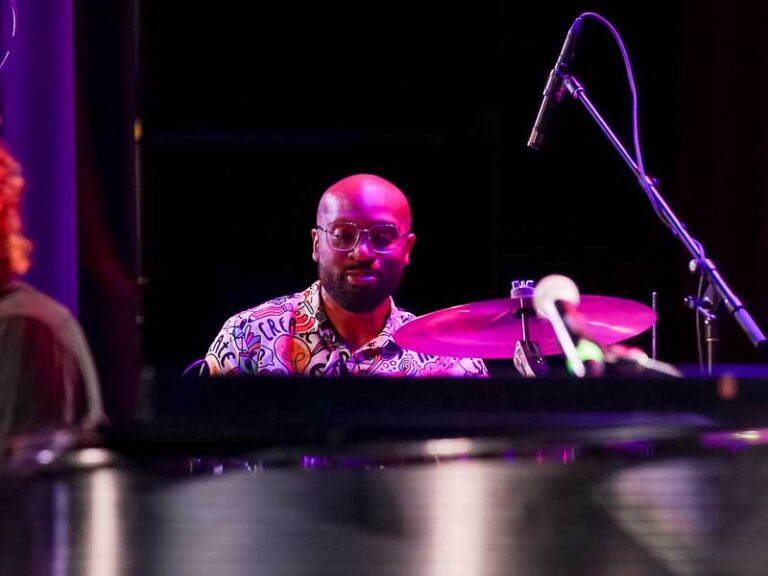

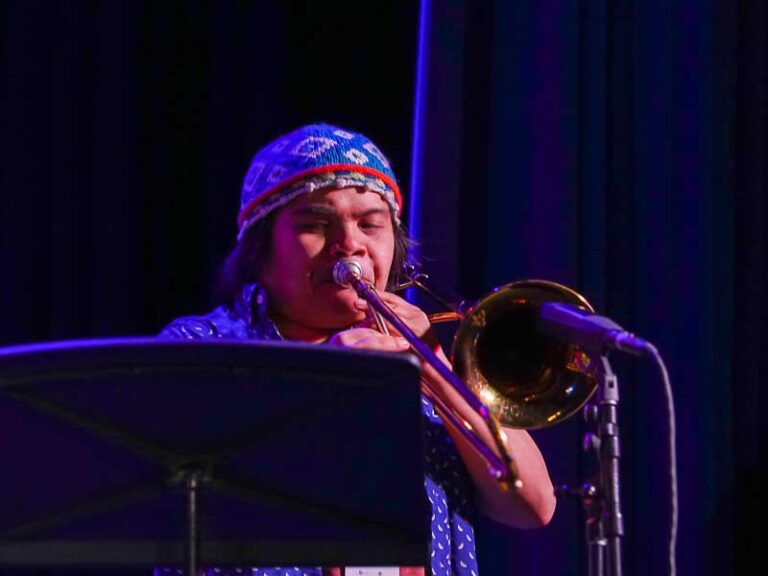
→ Continue reading at NYS Music
